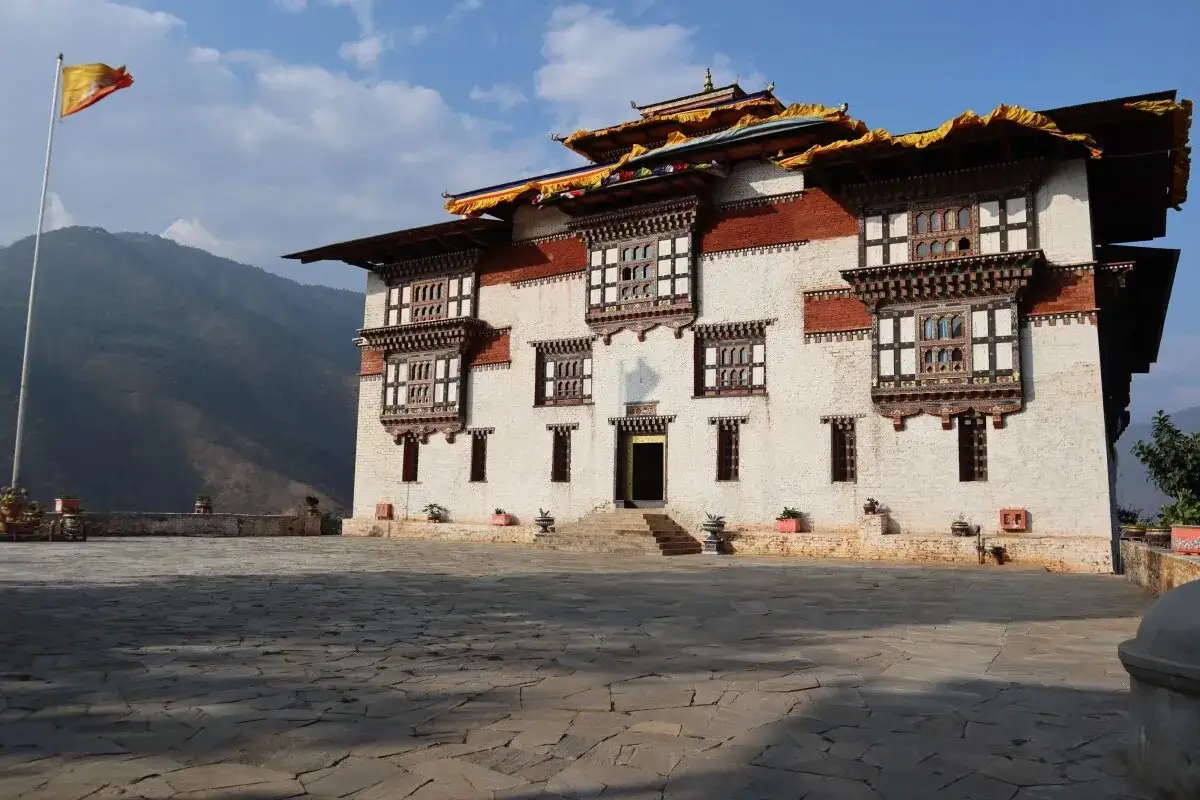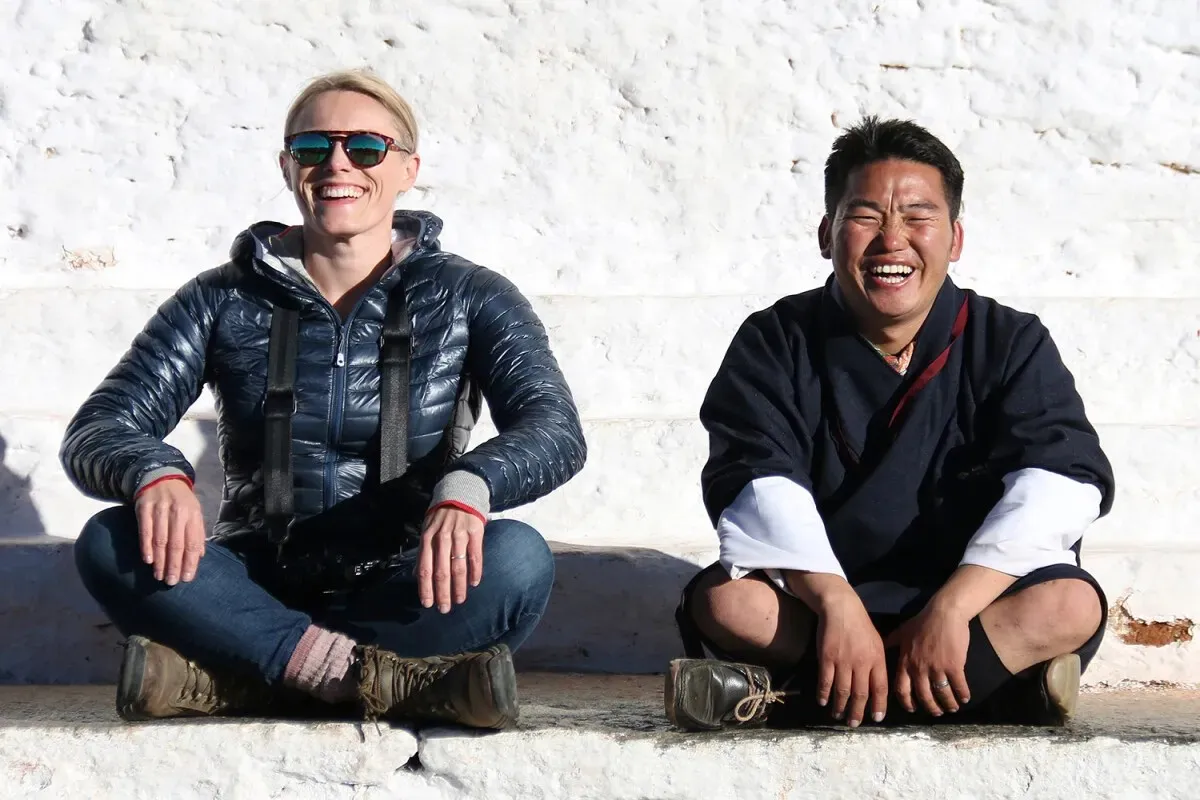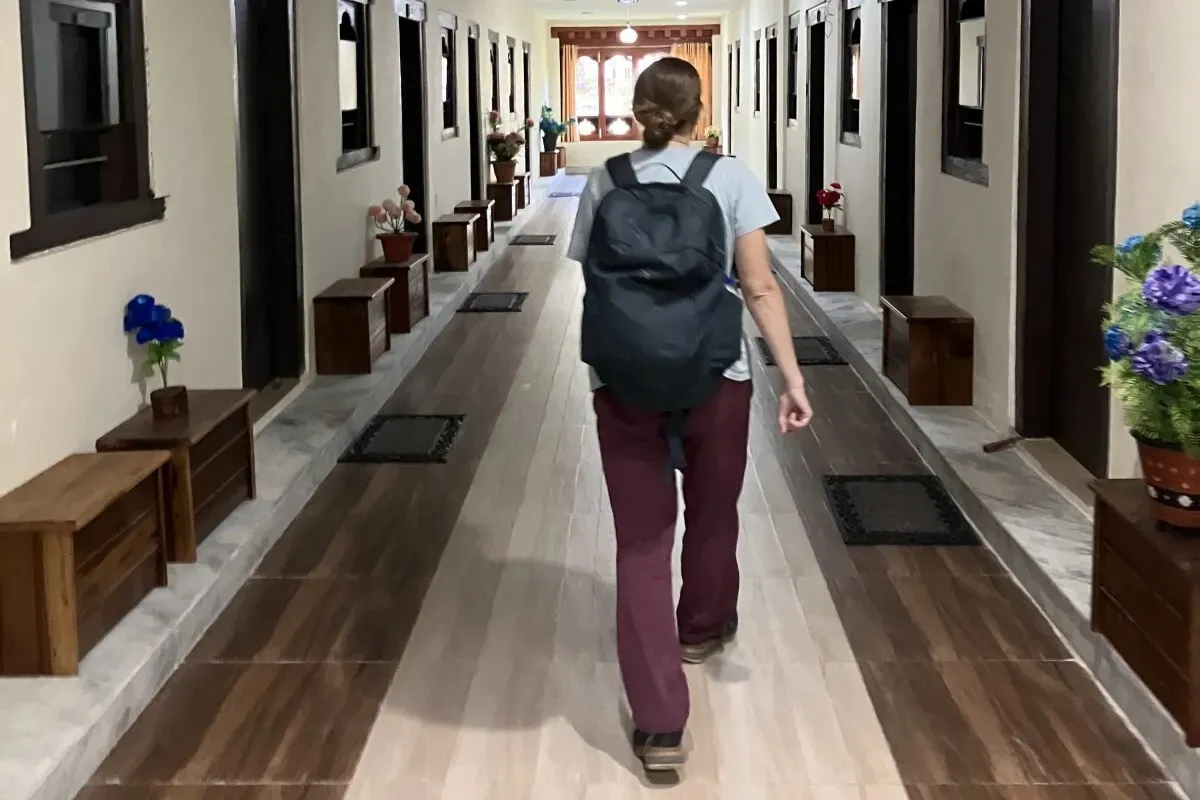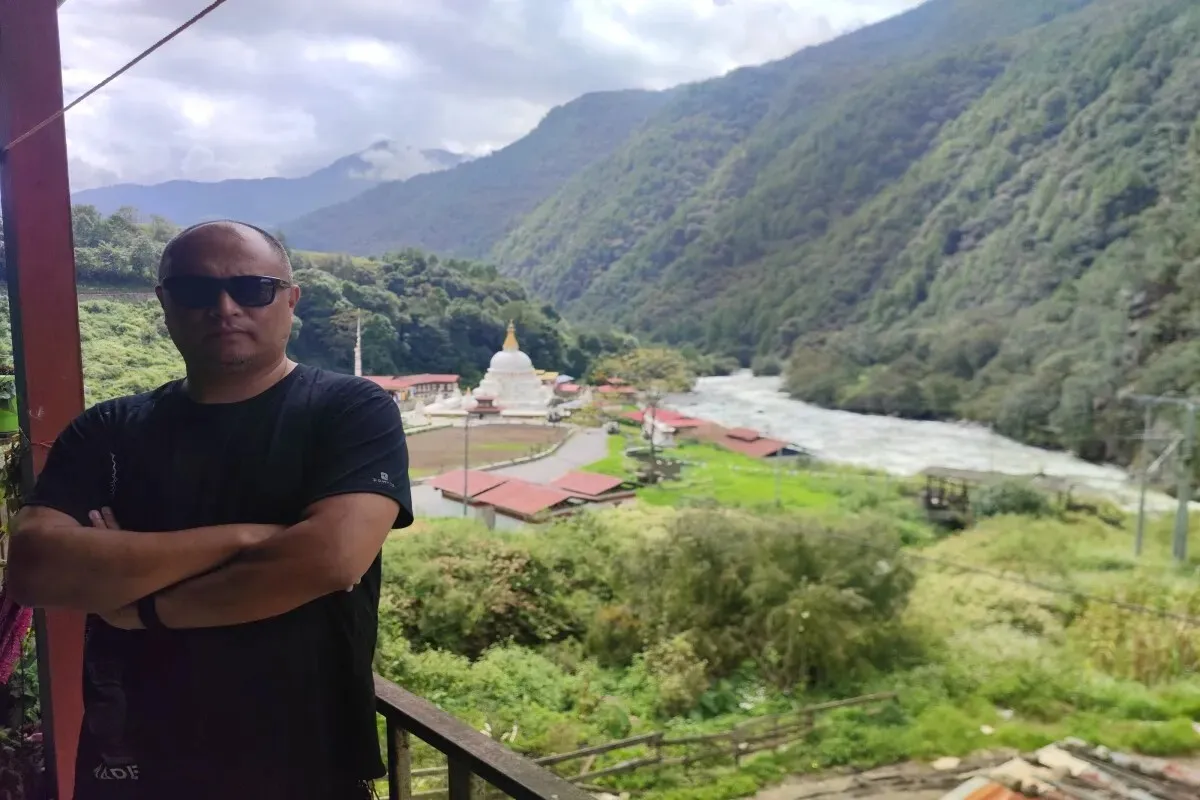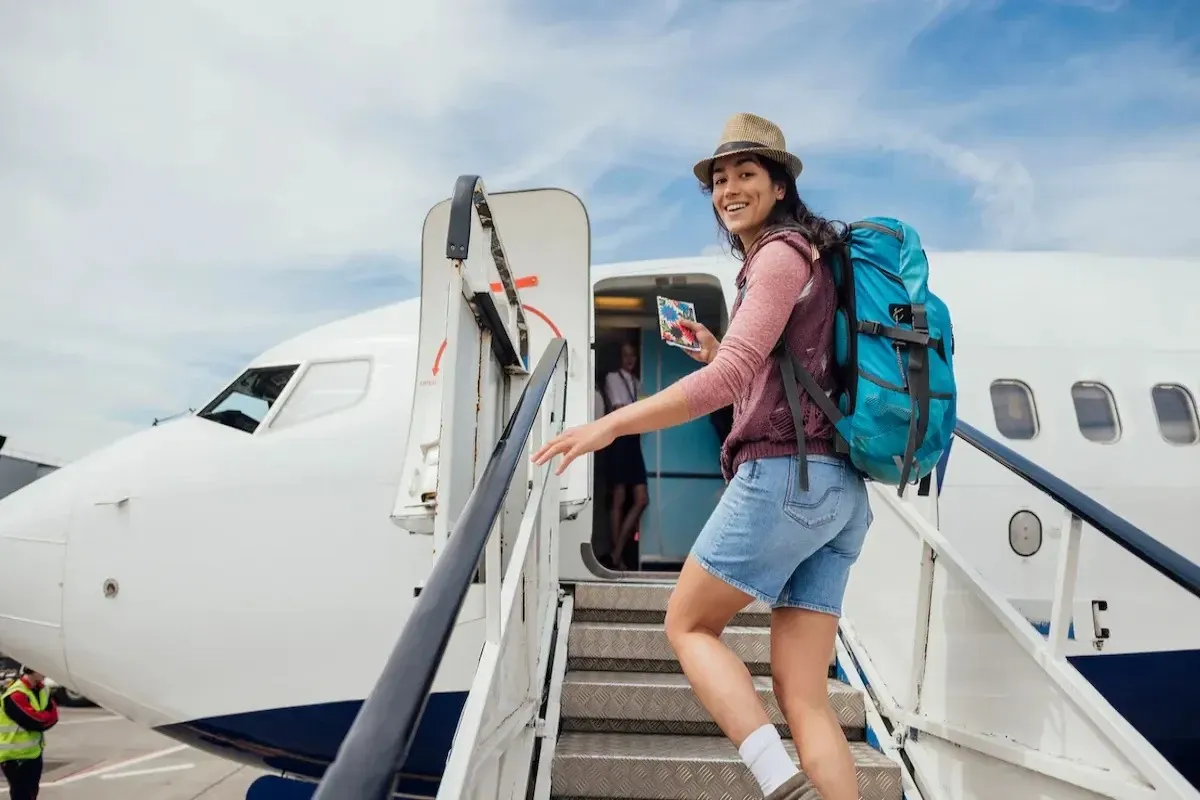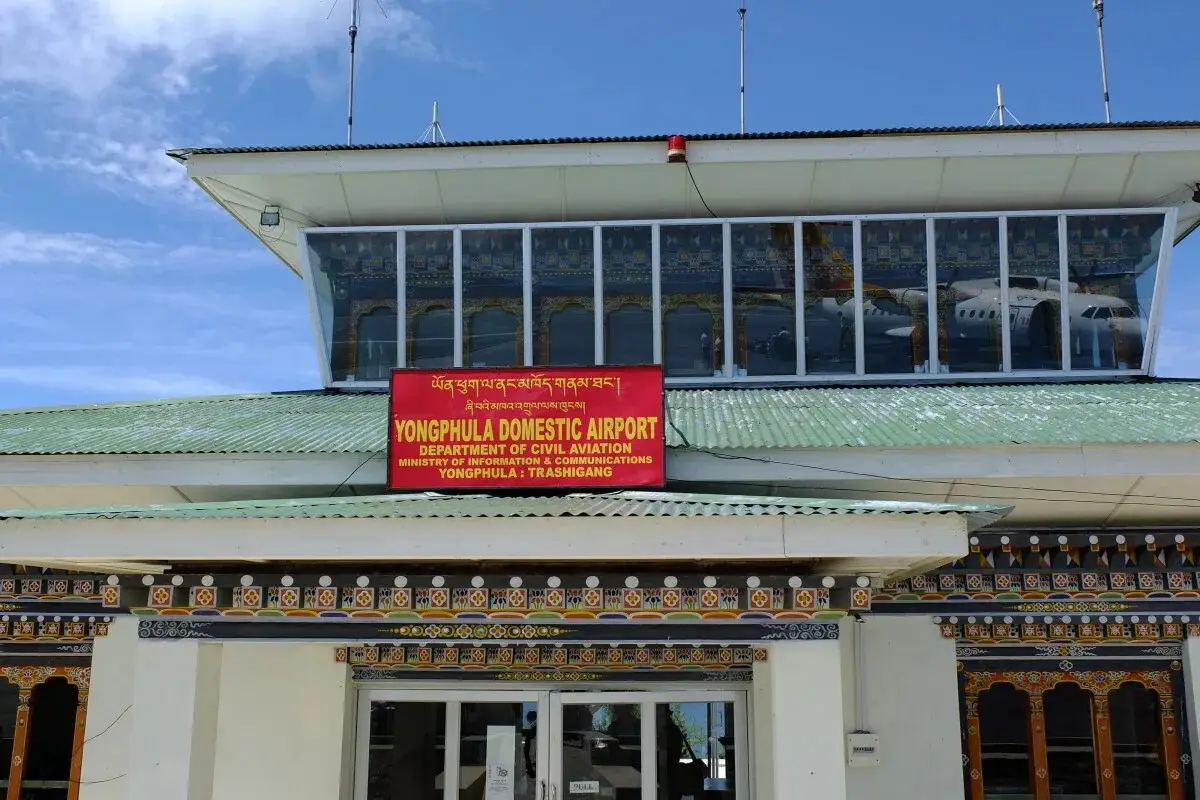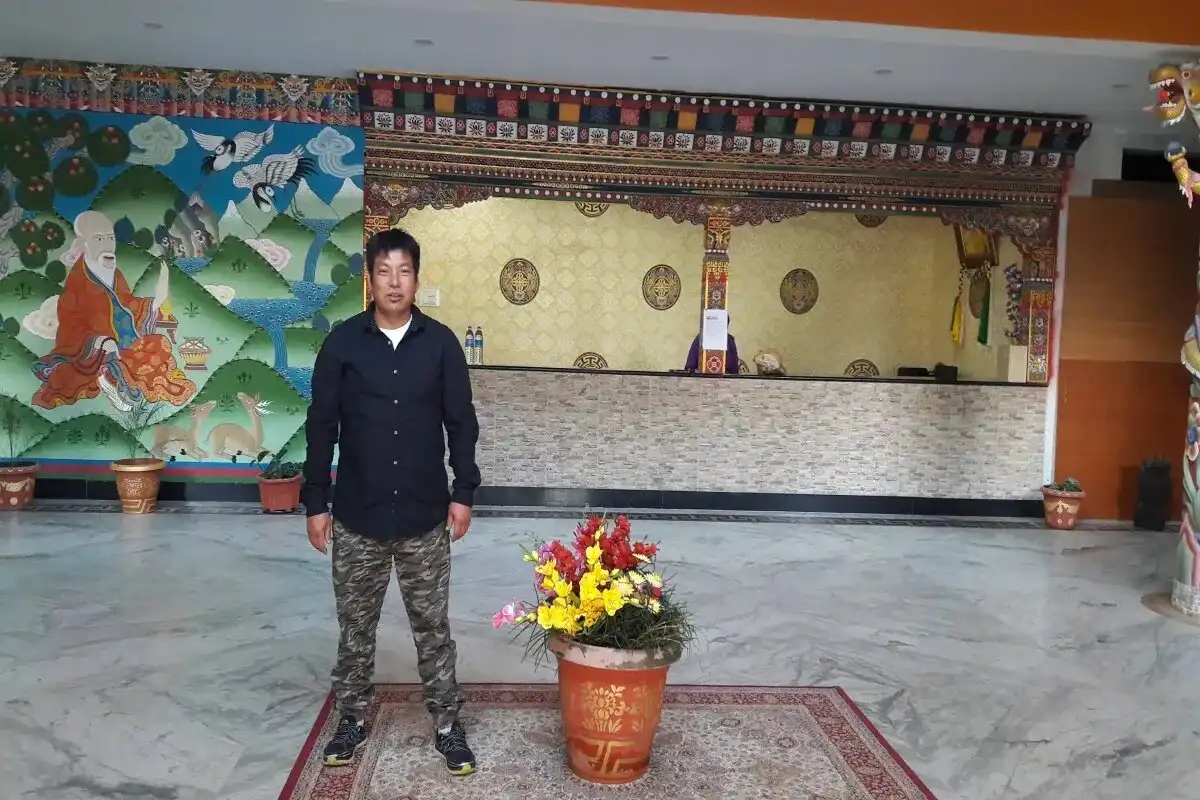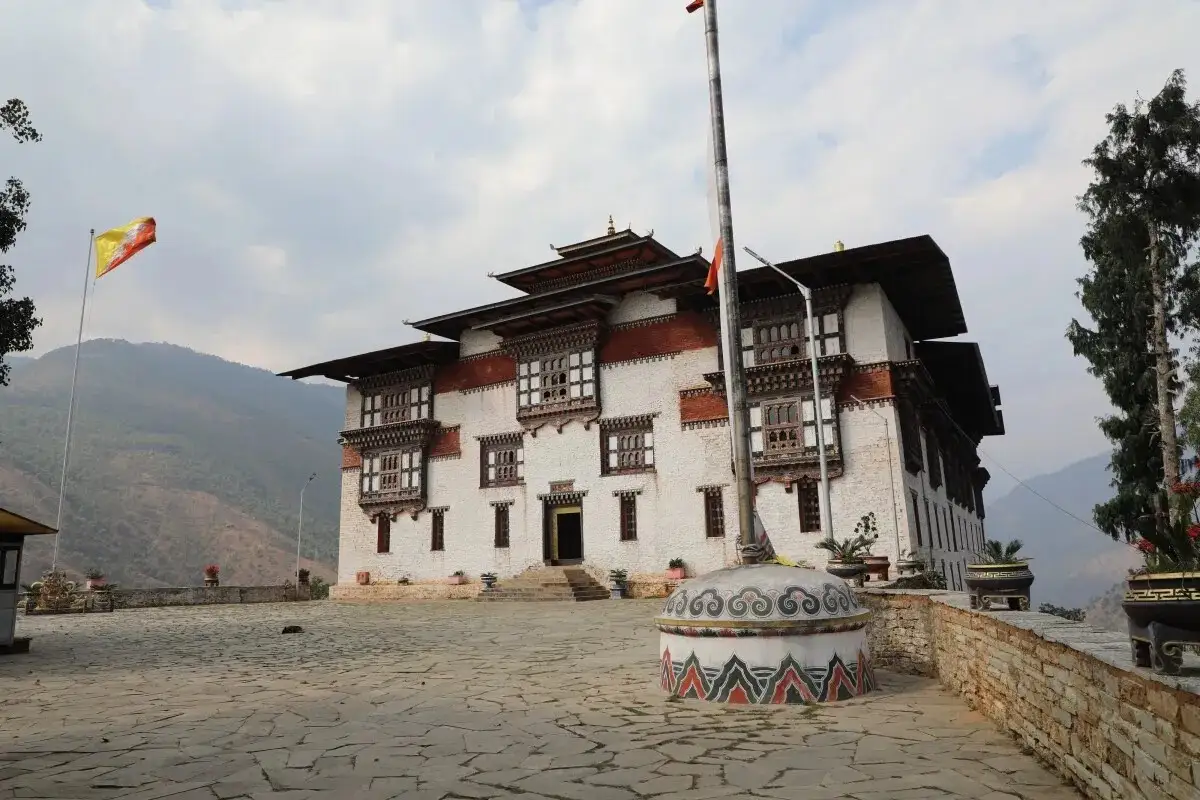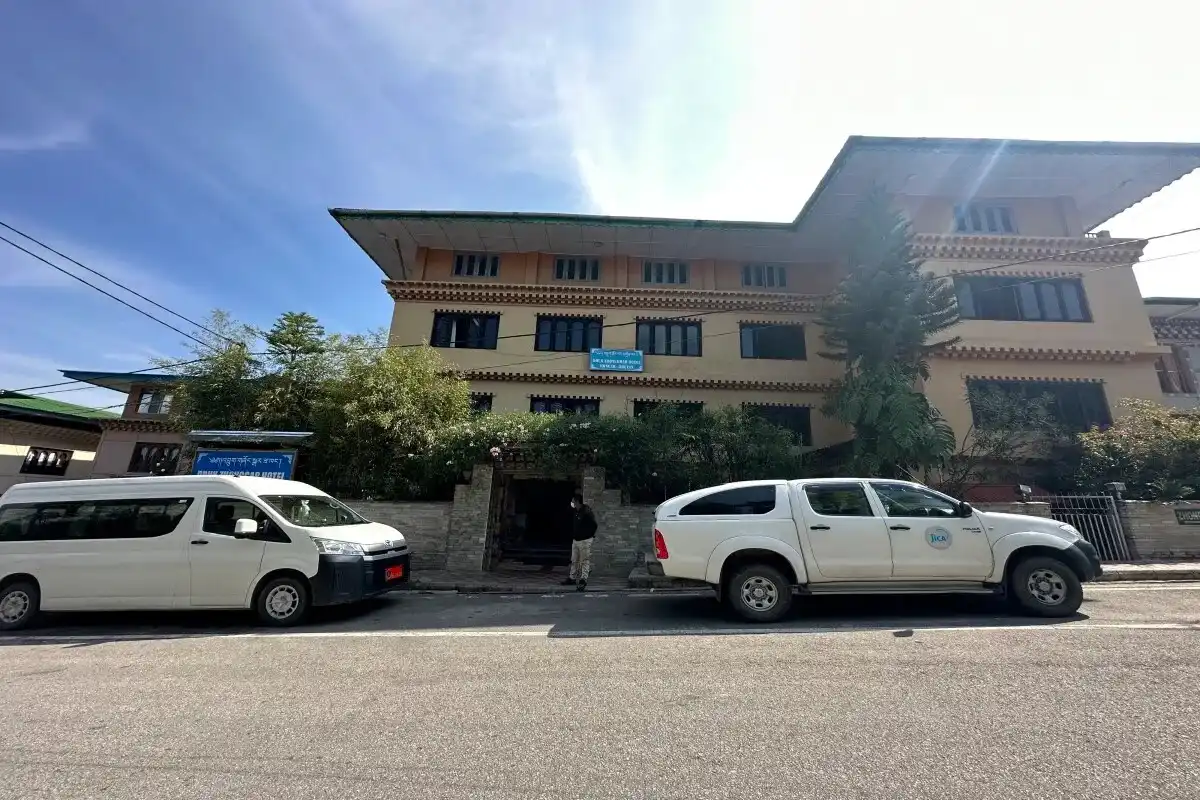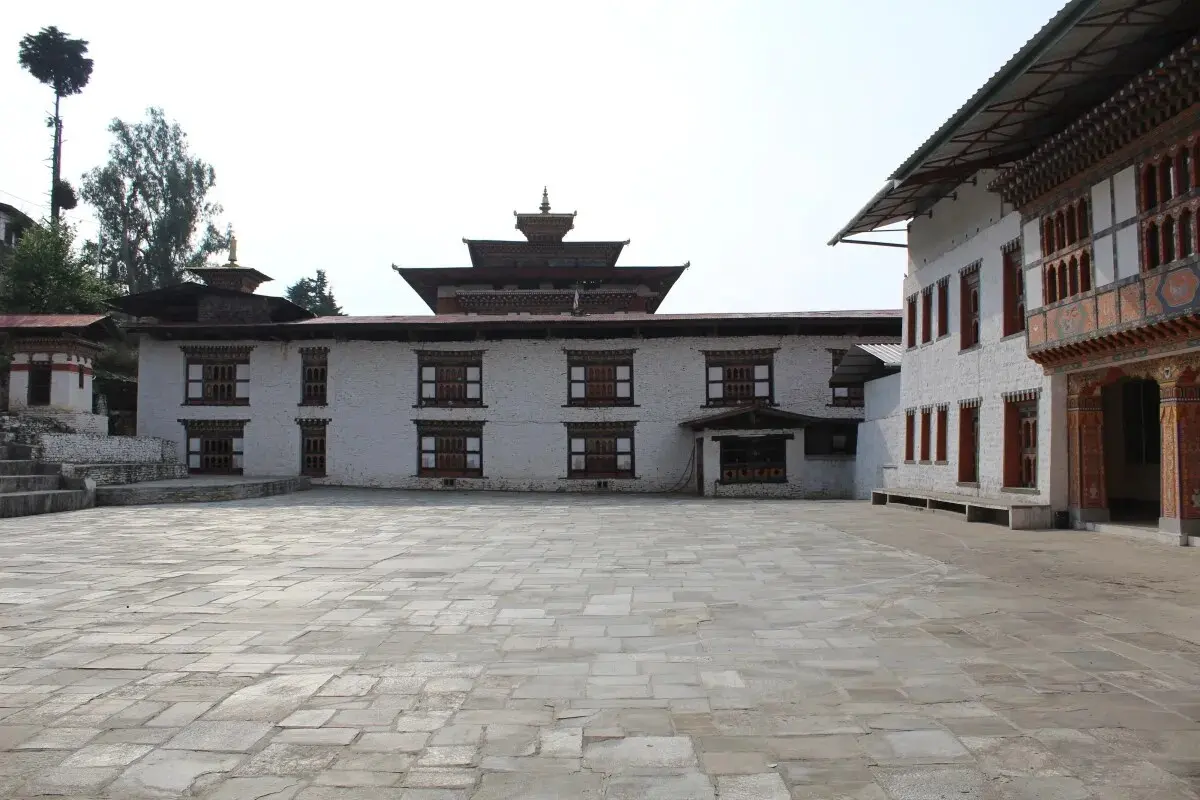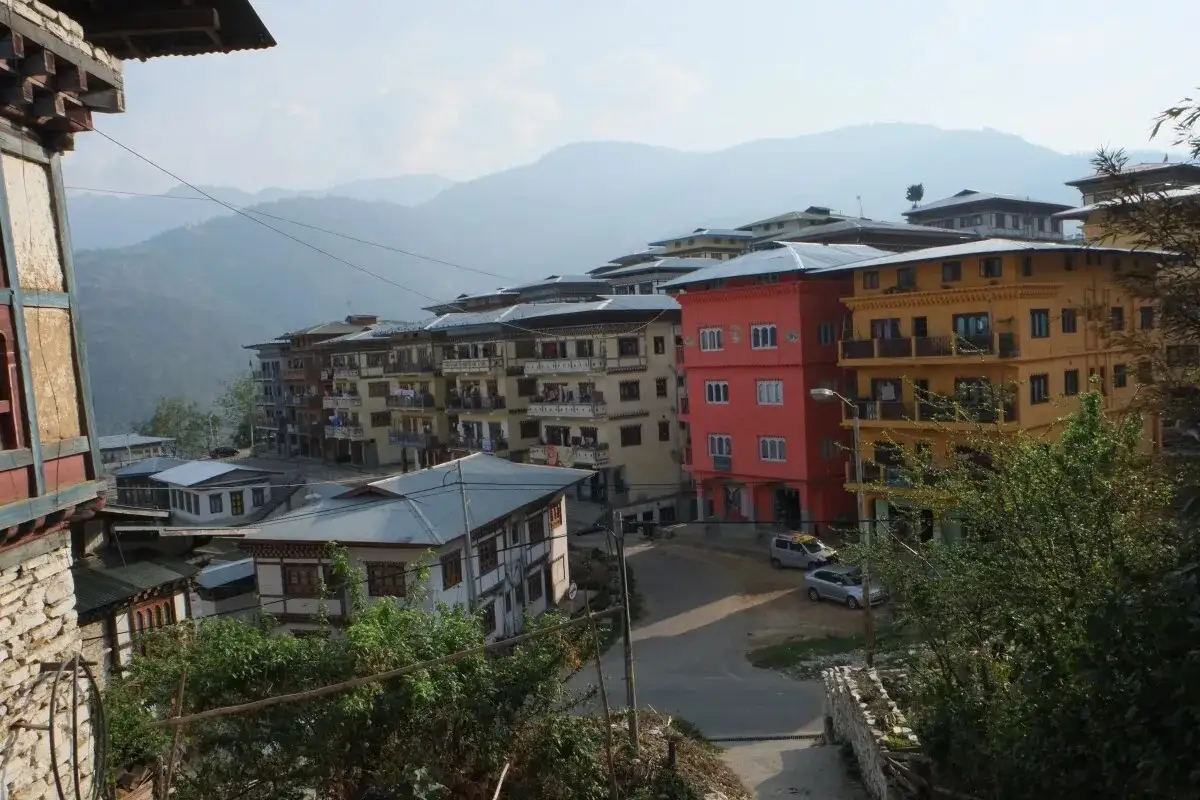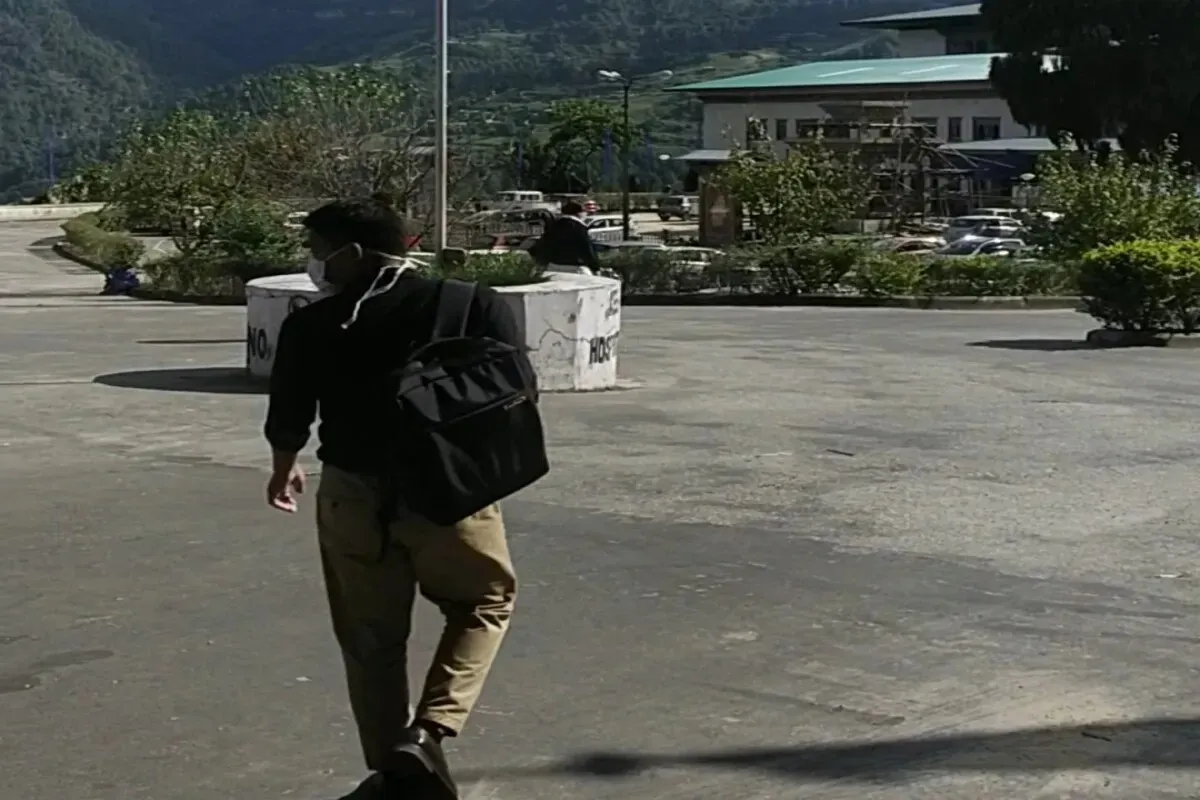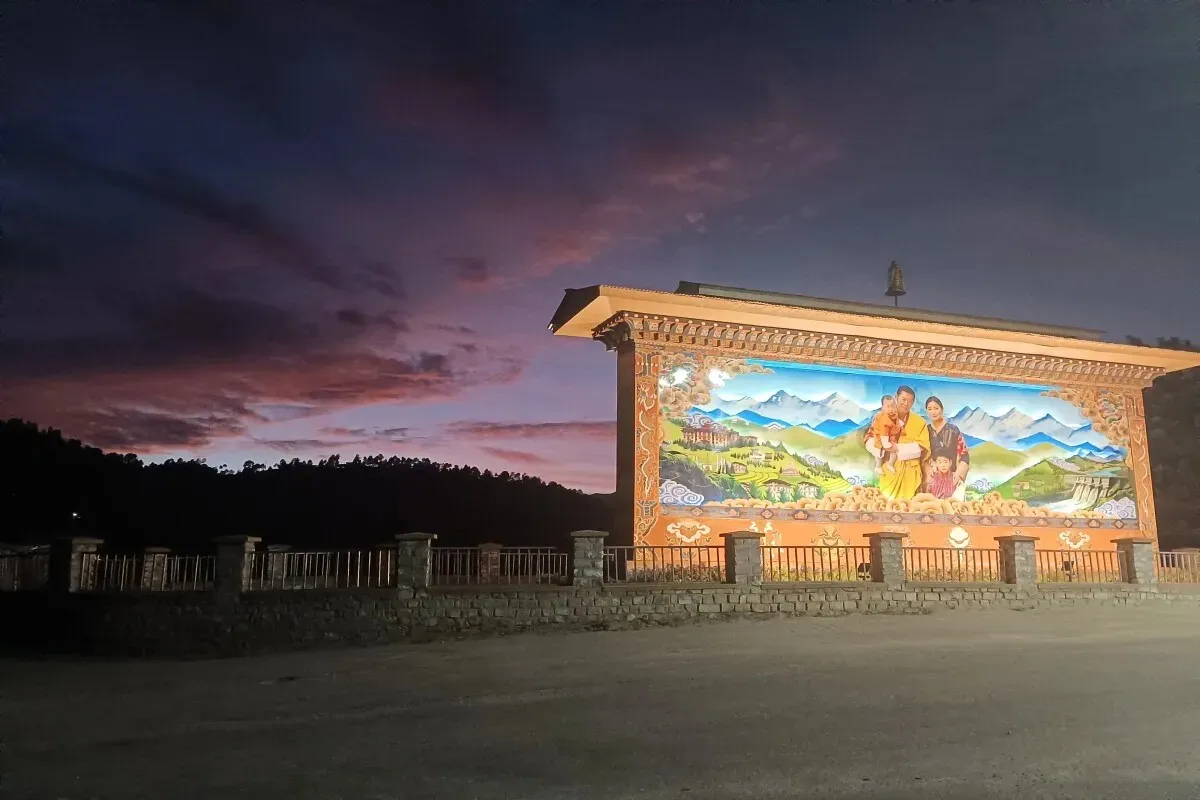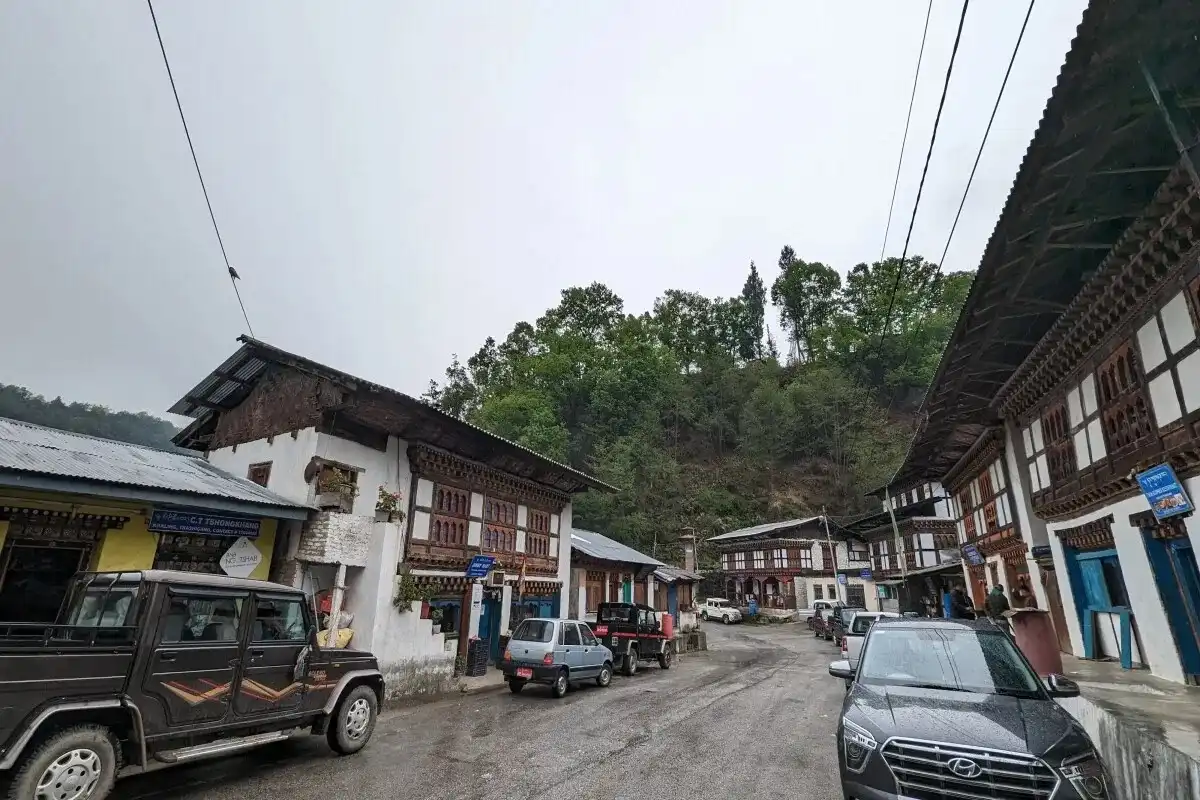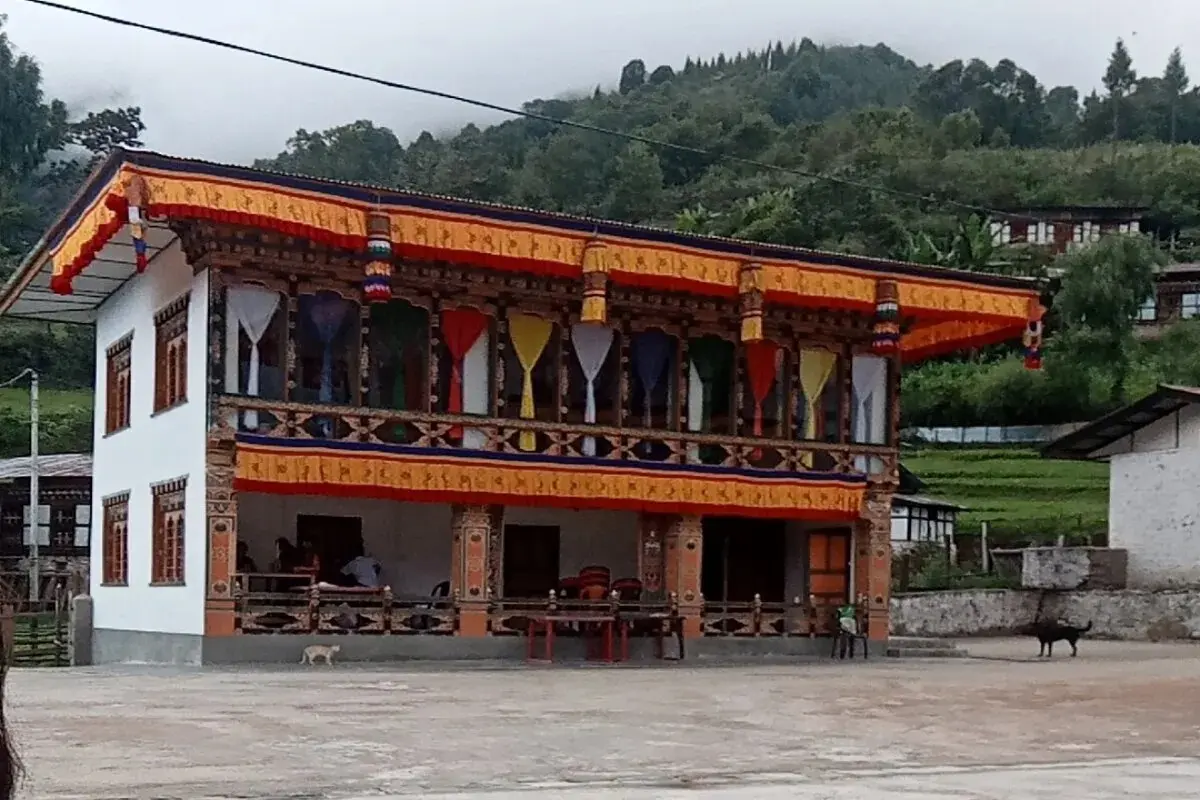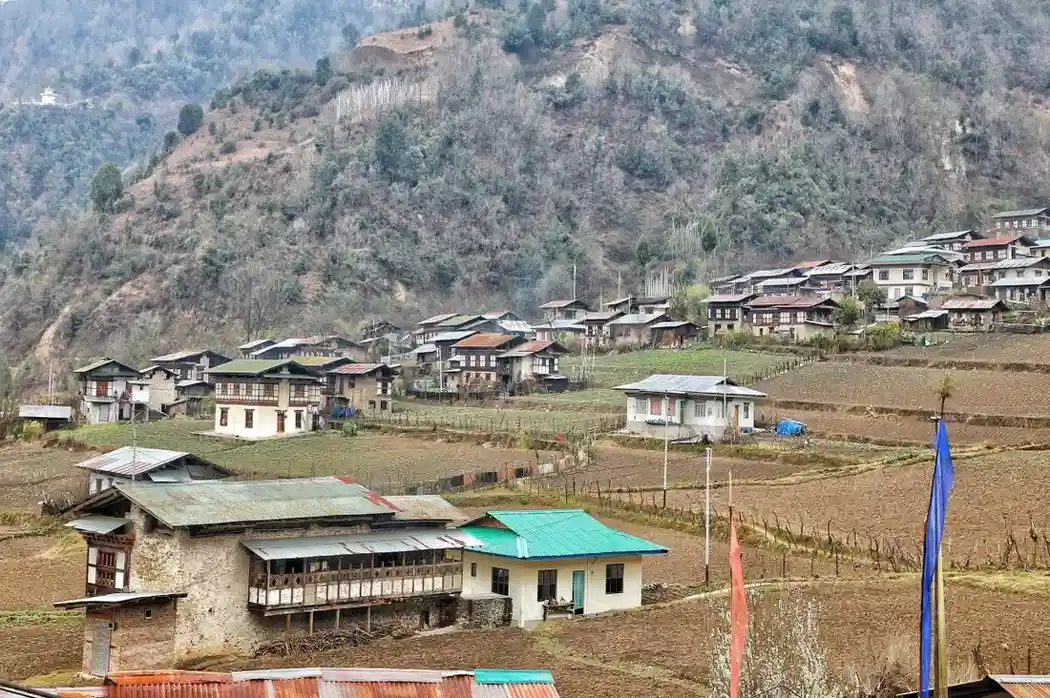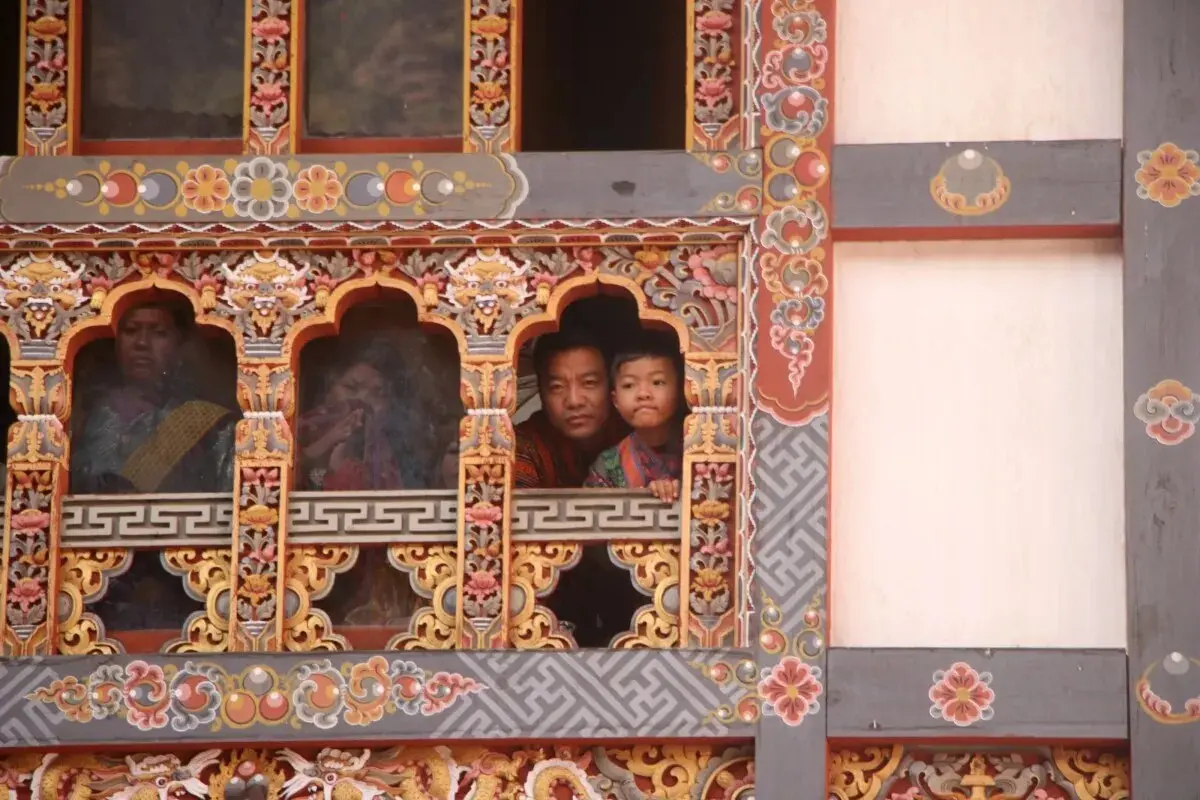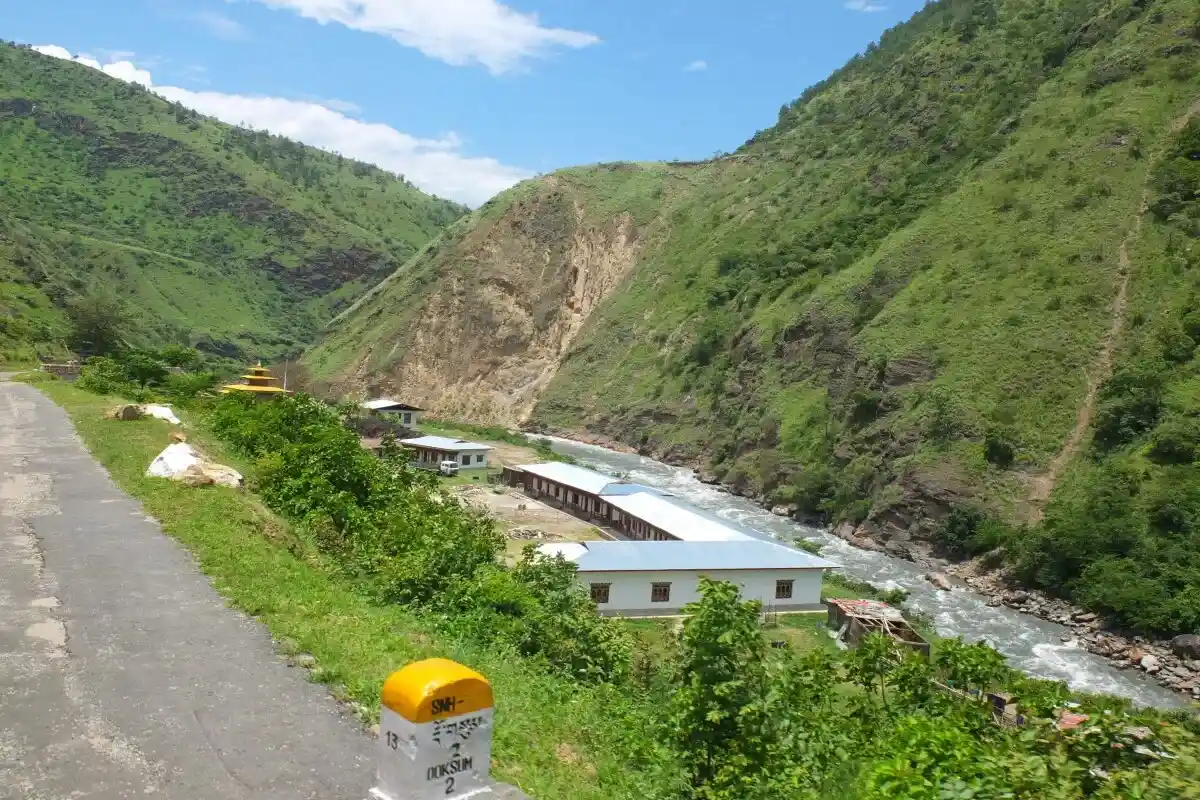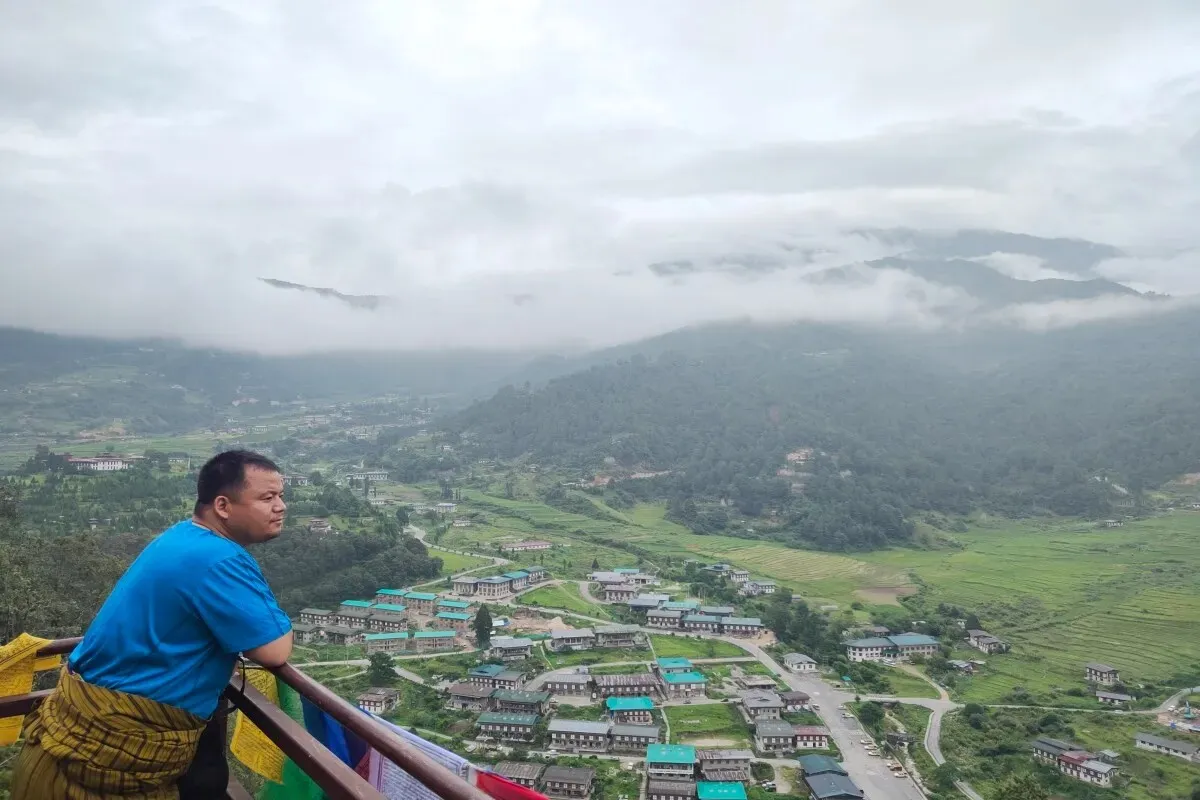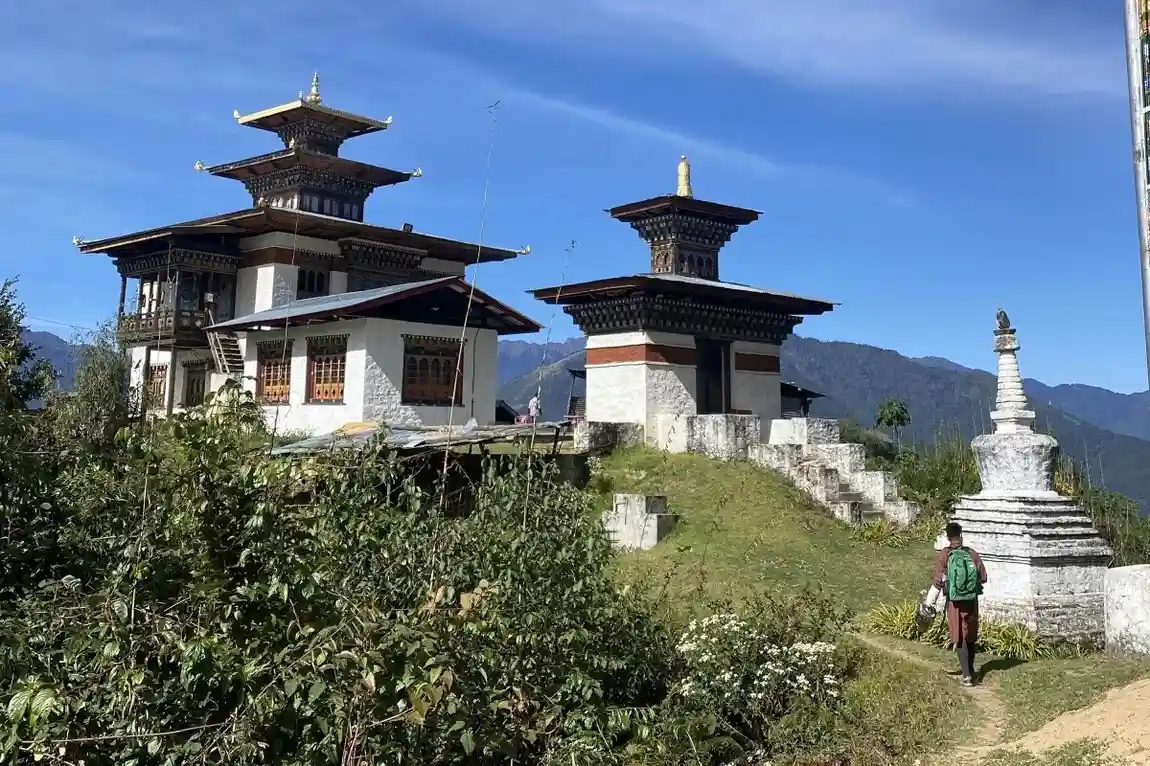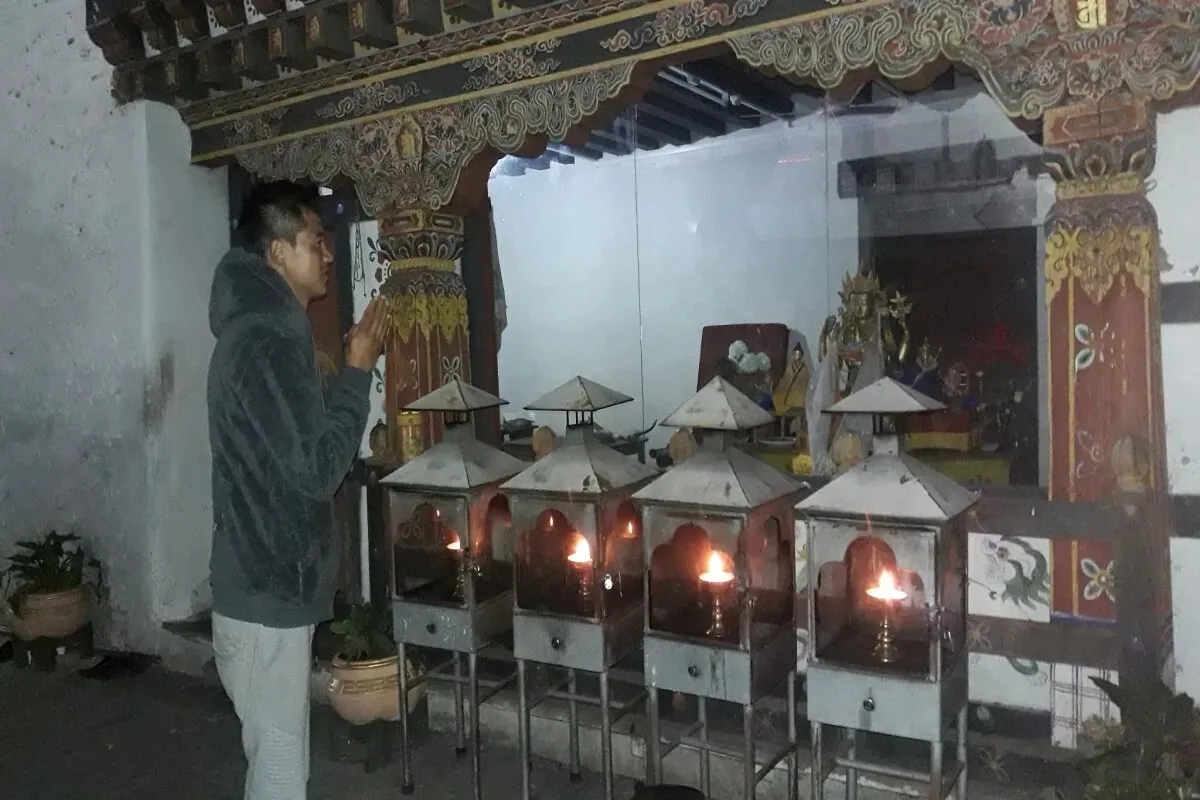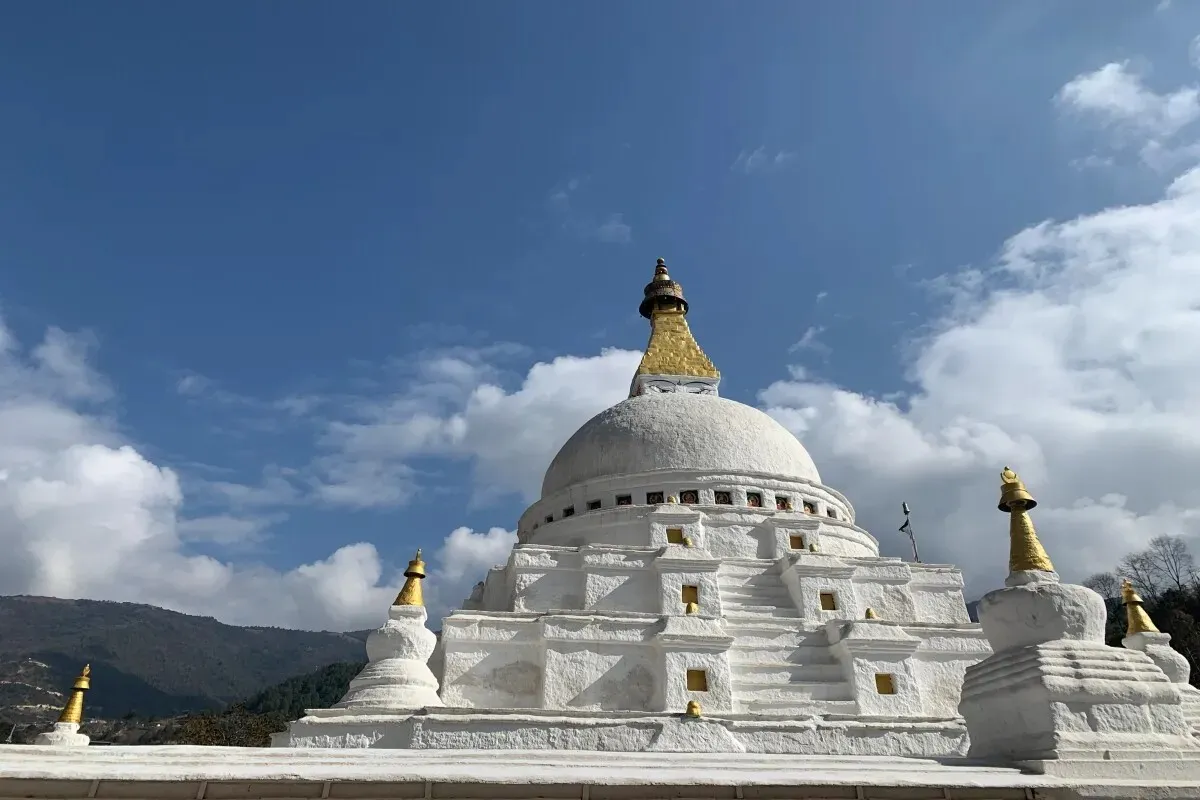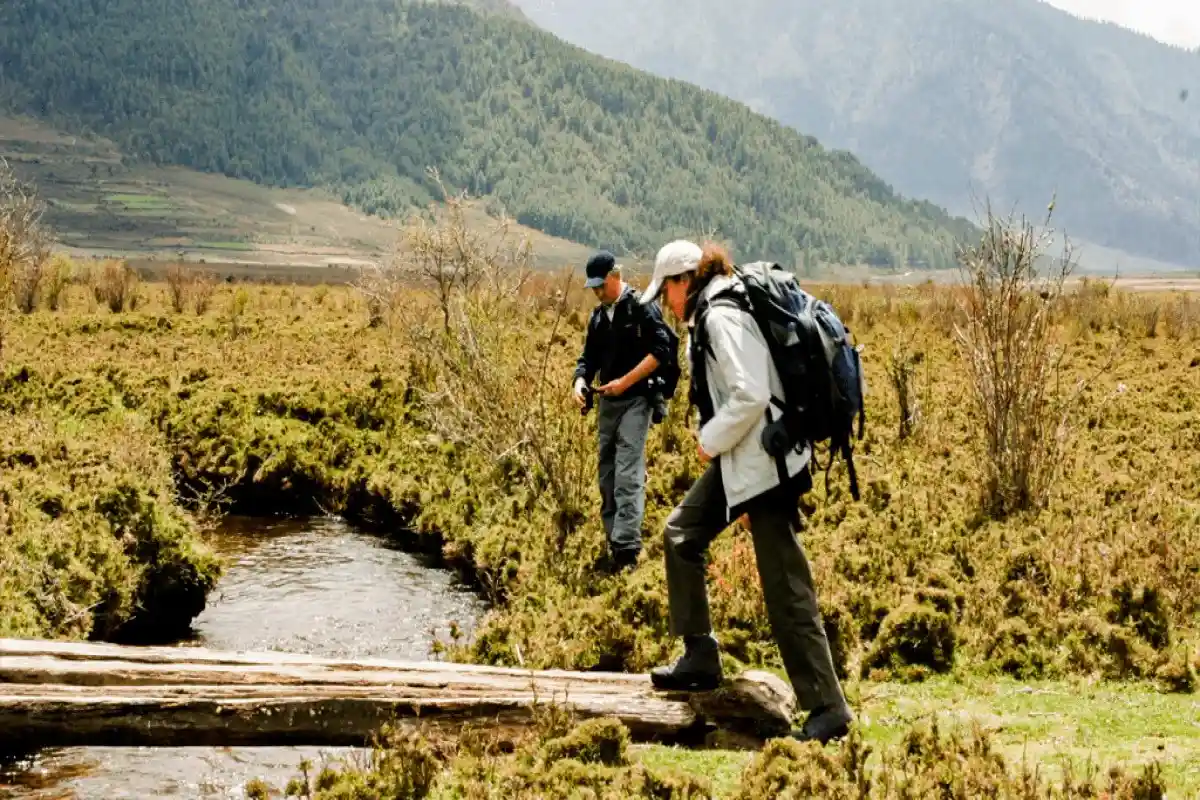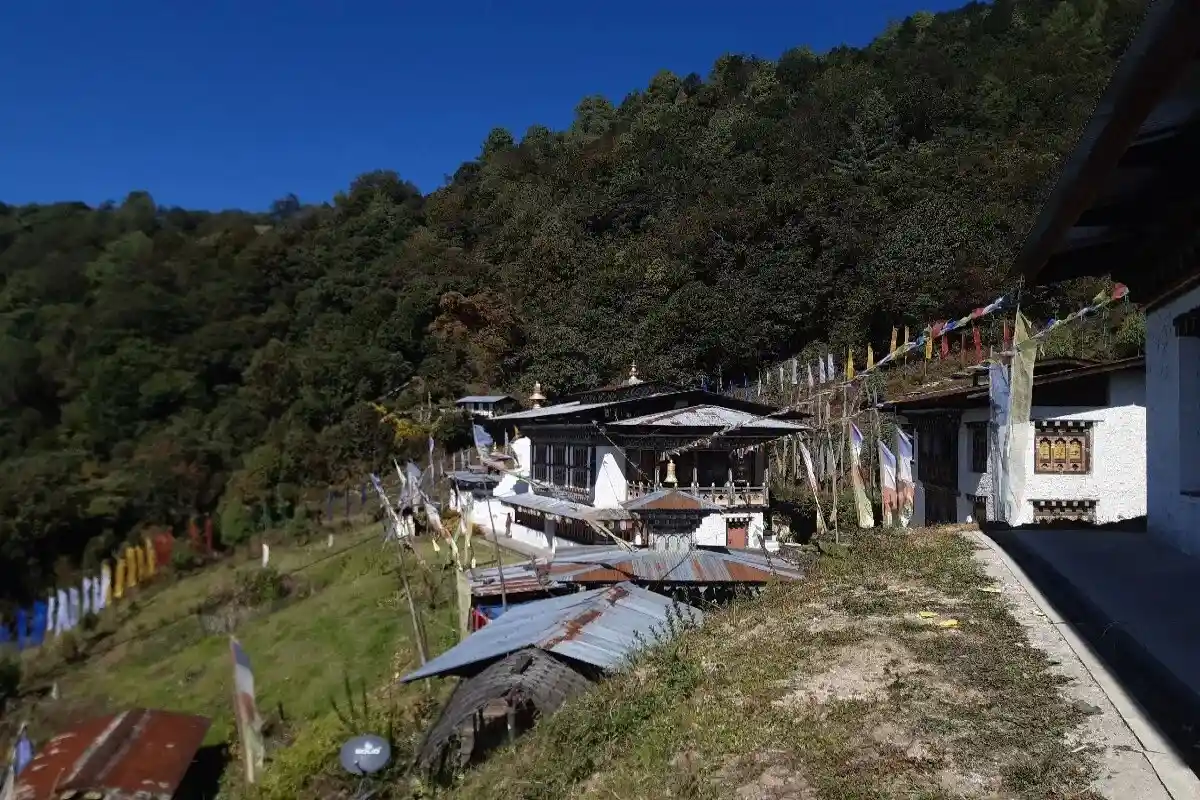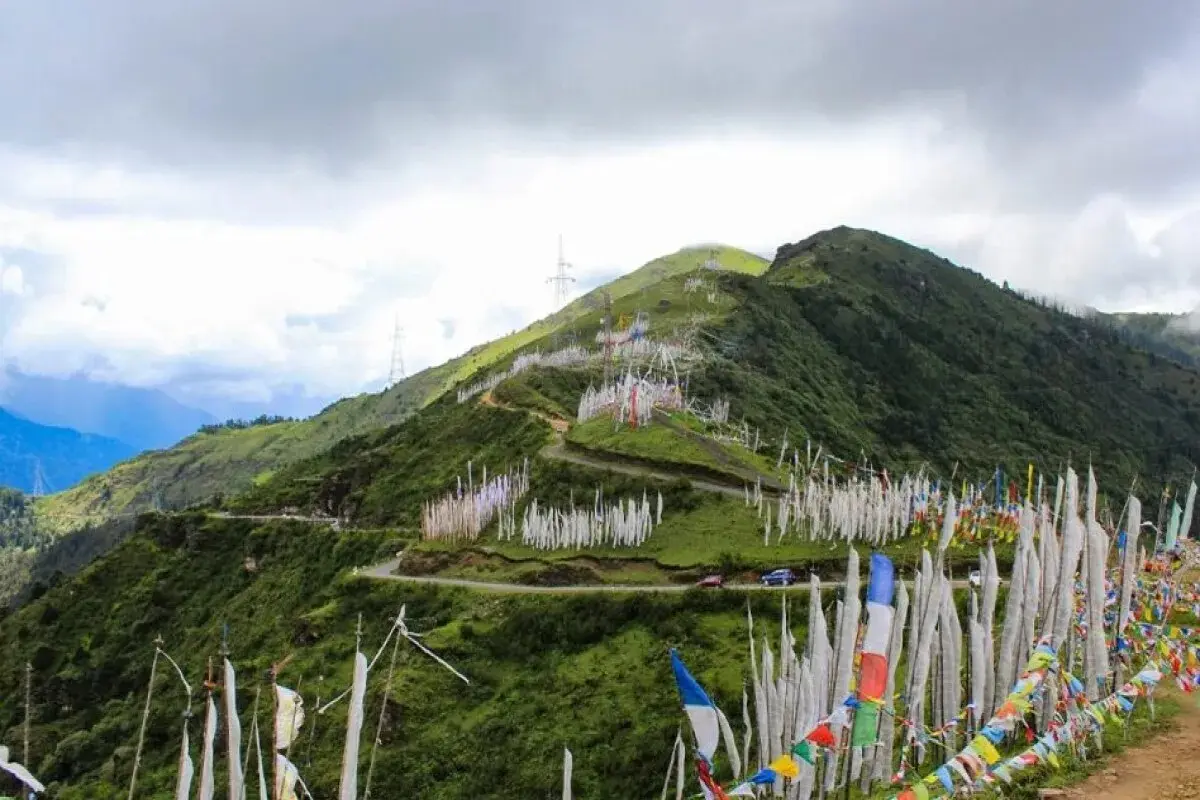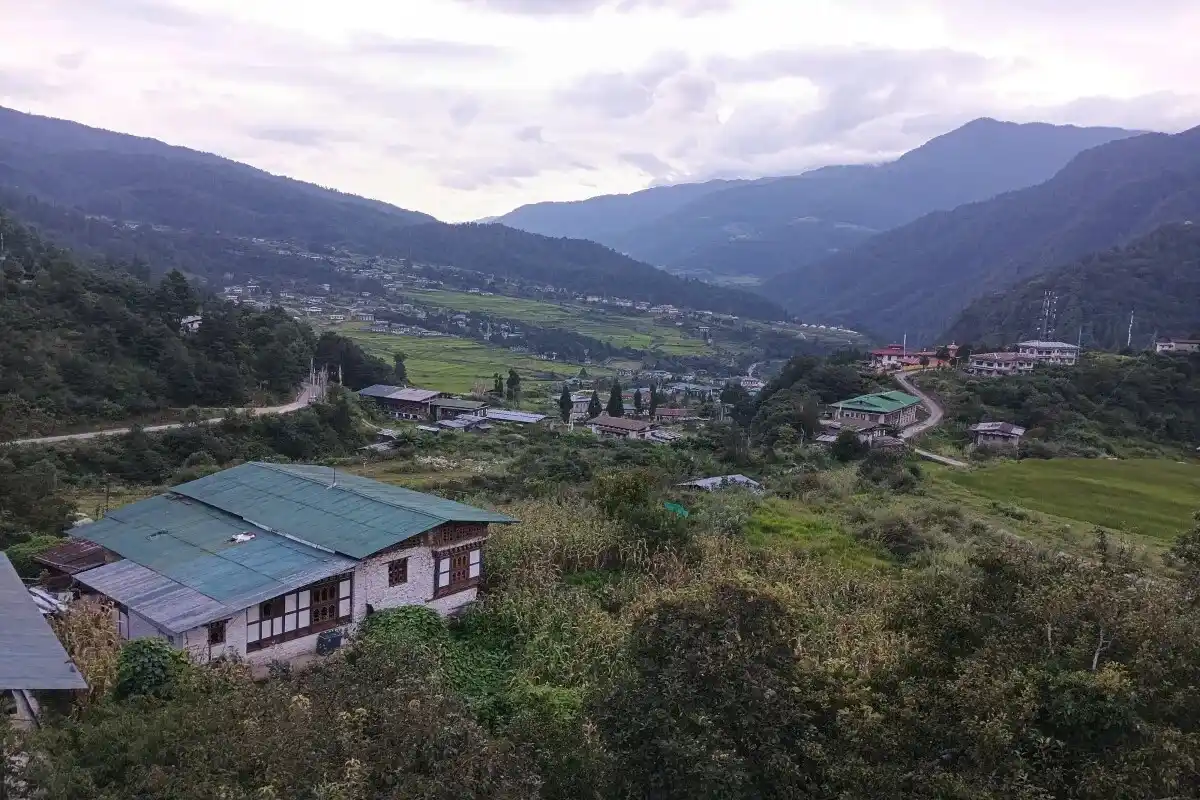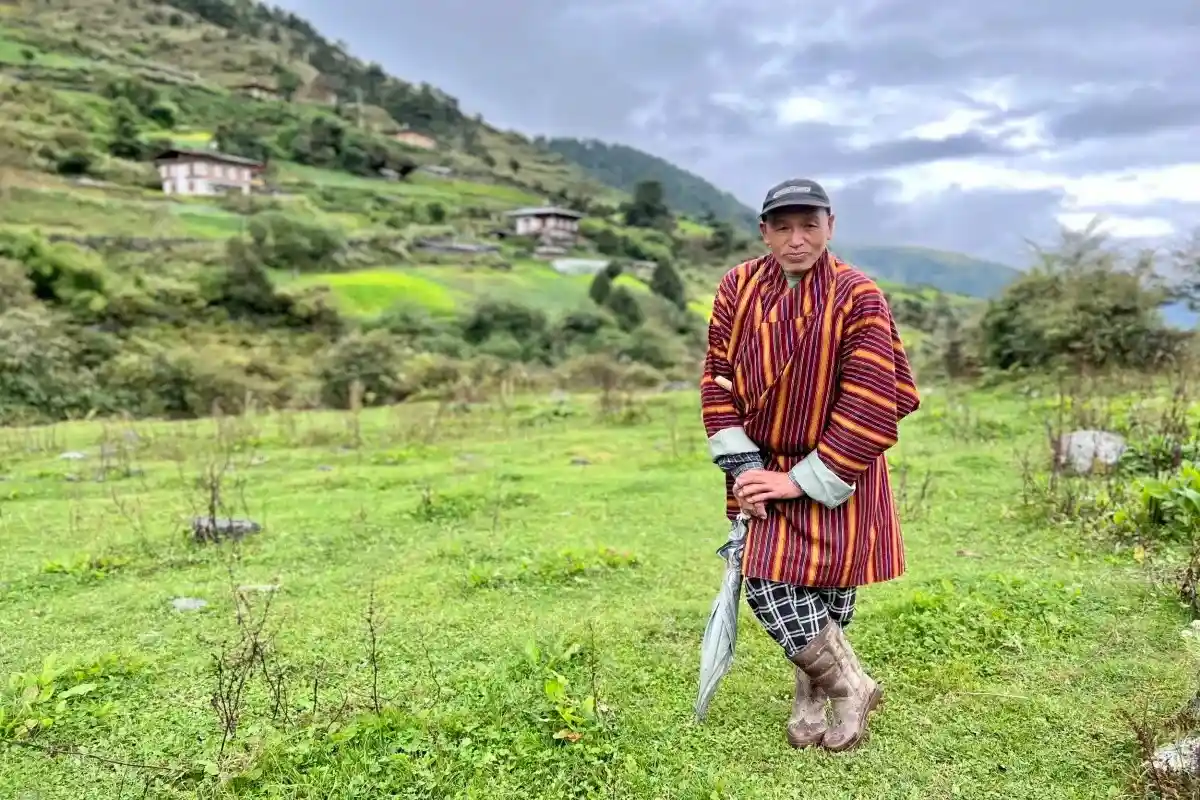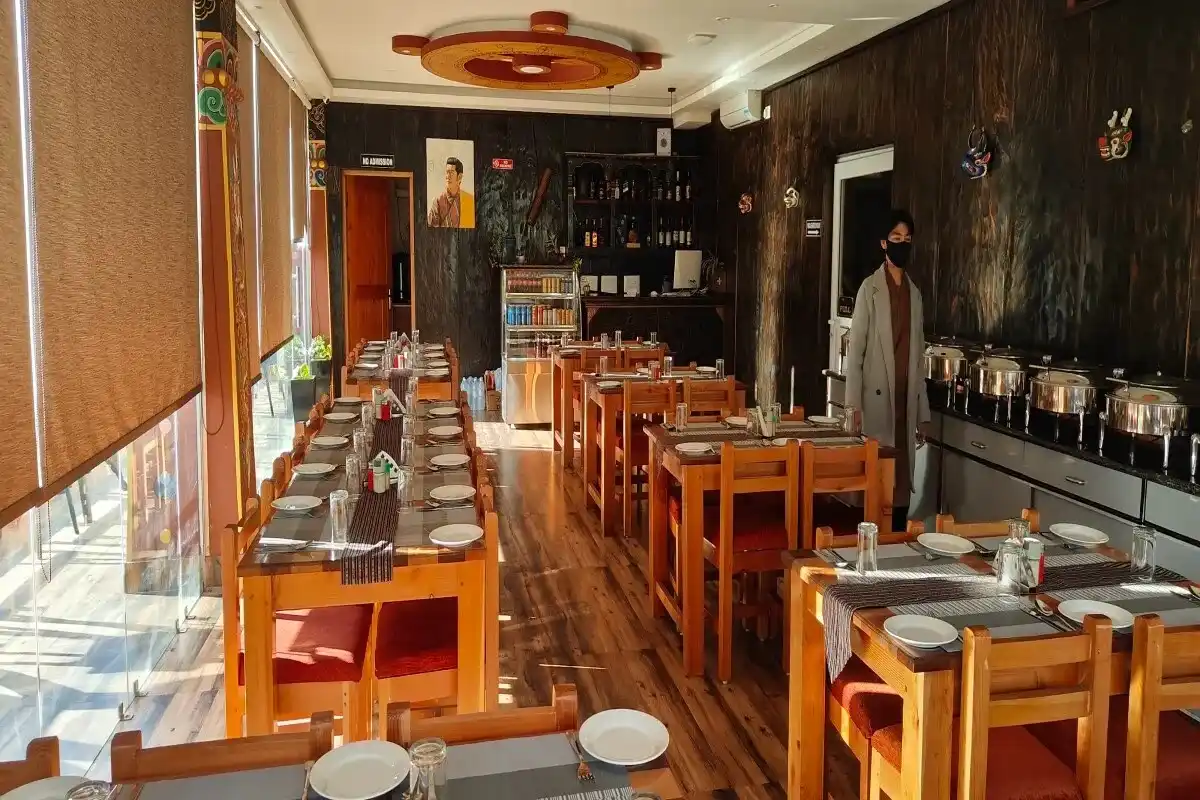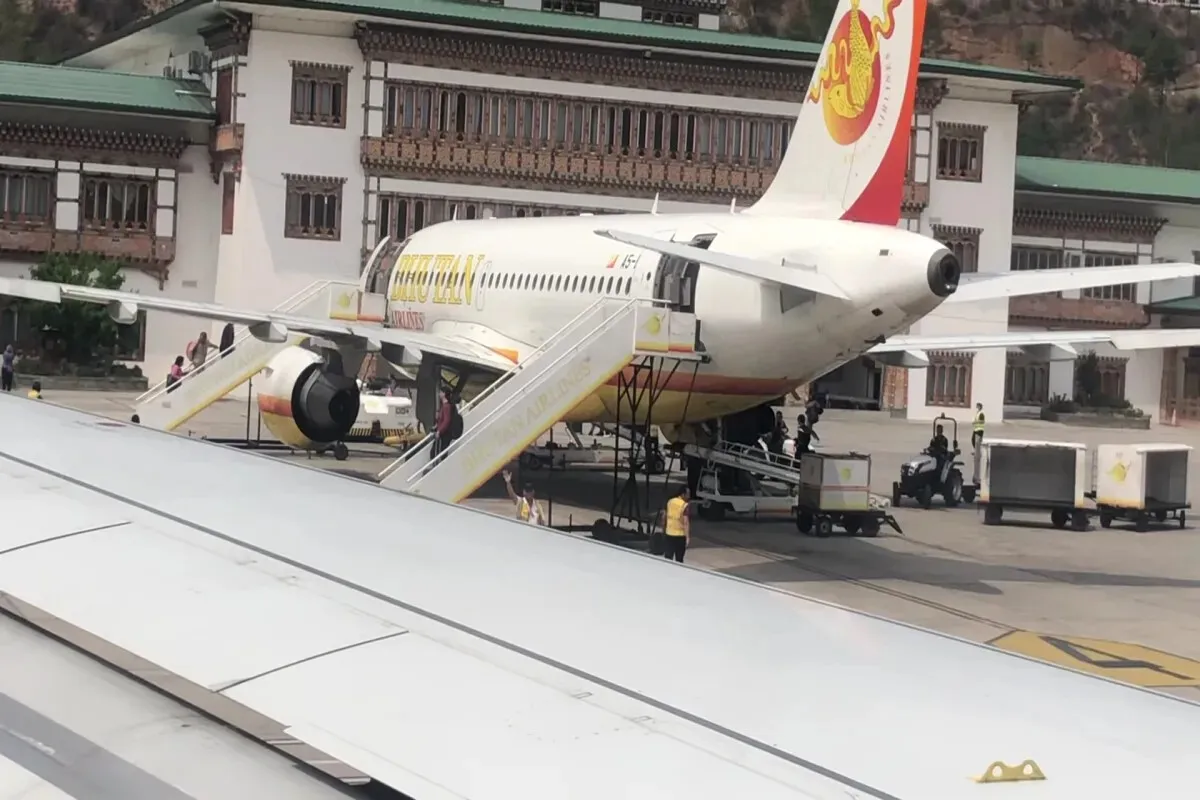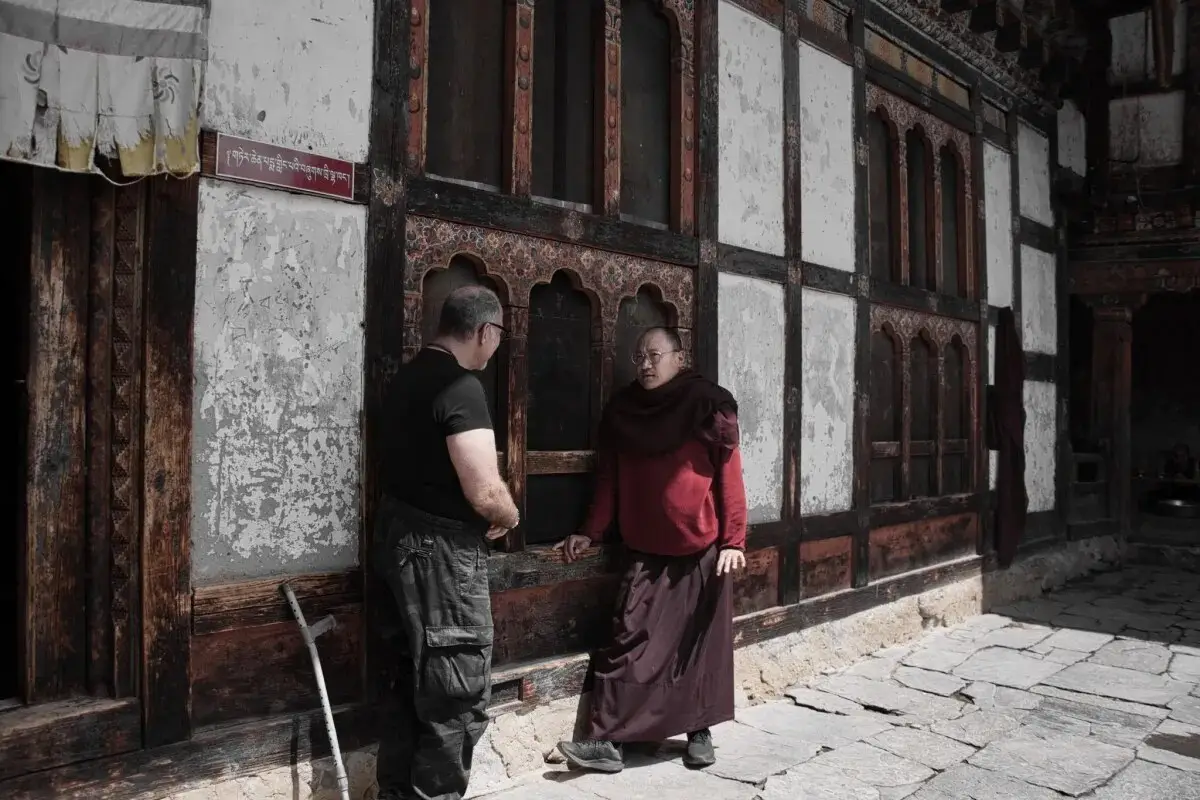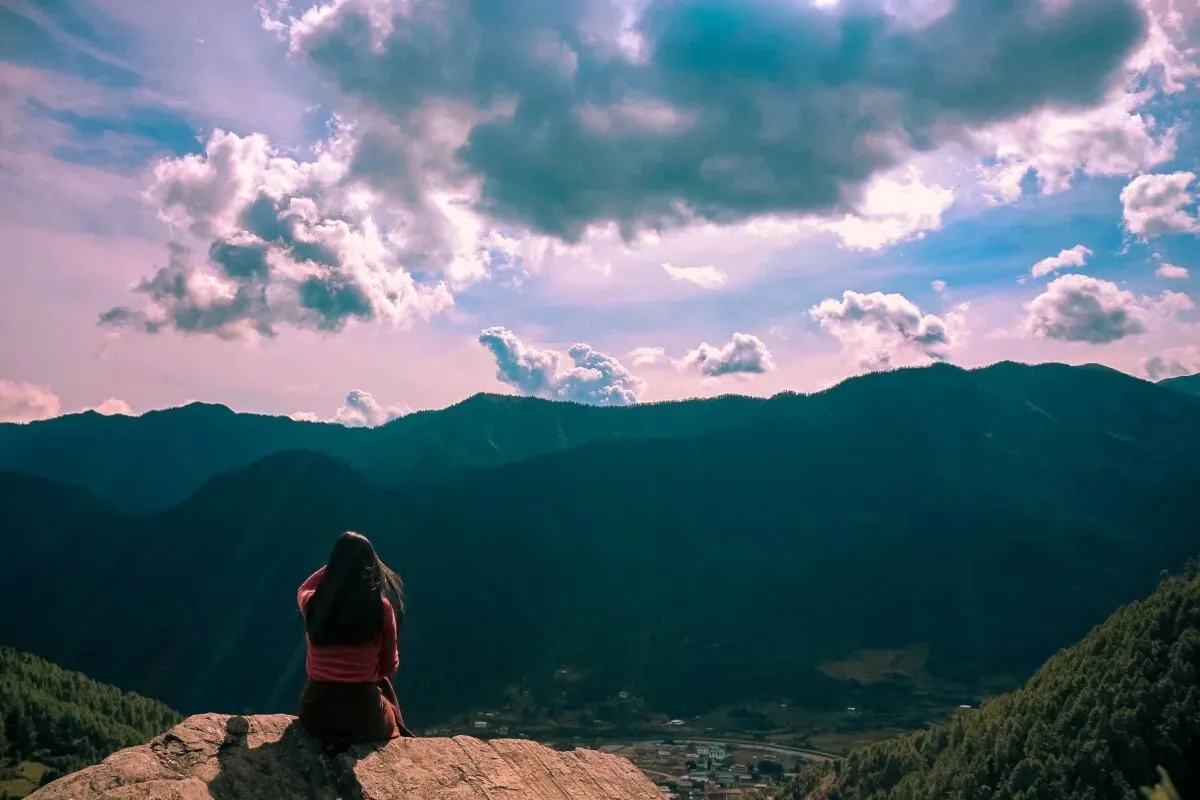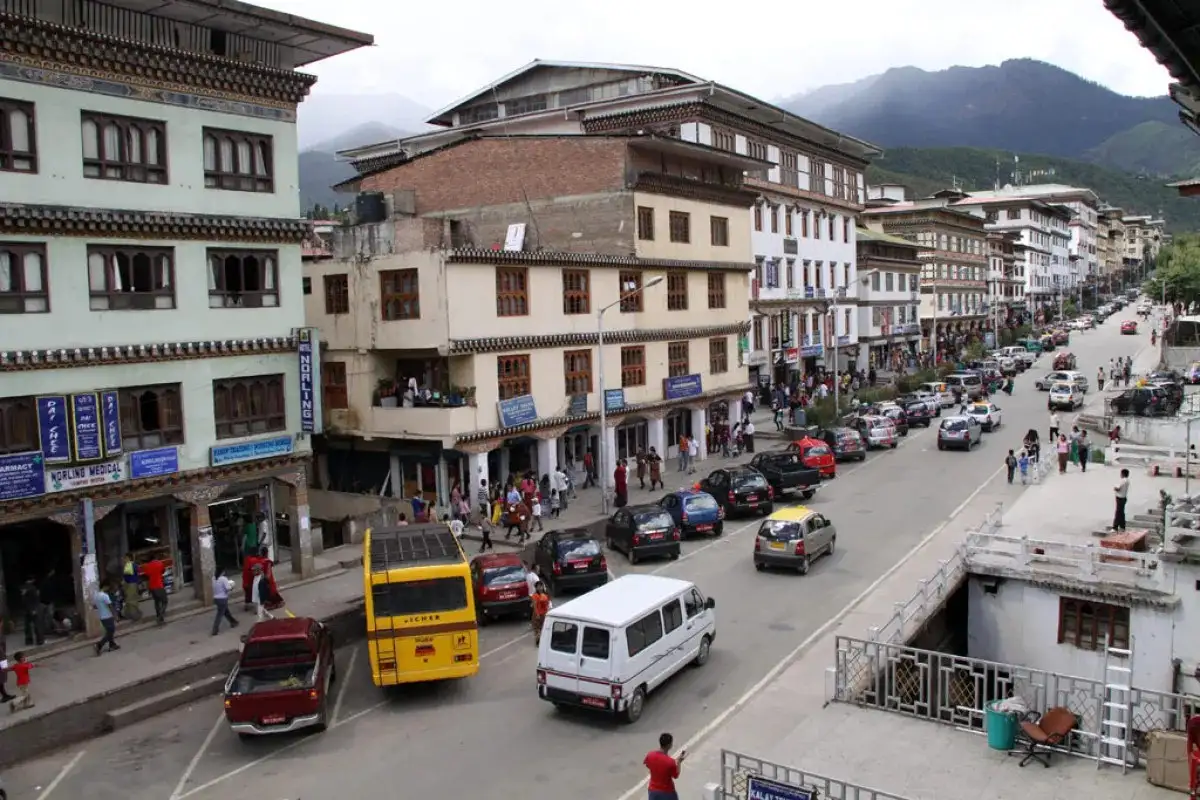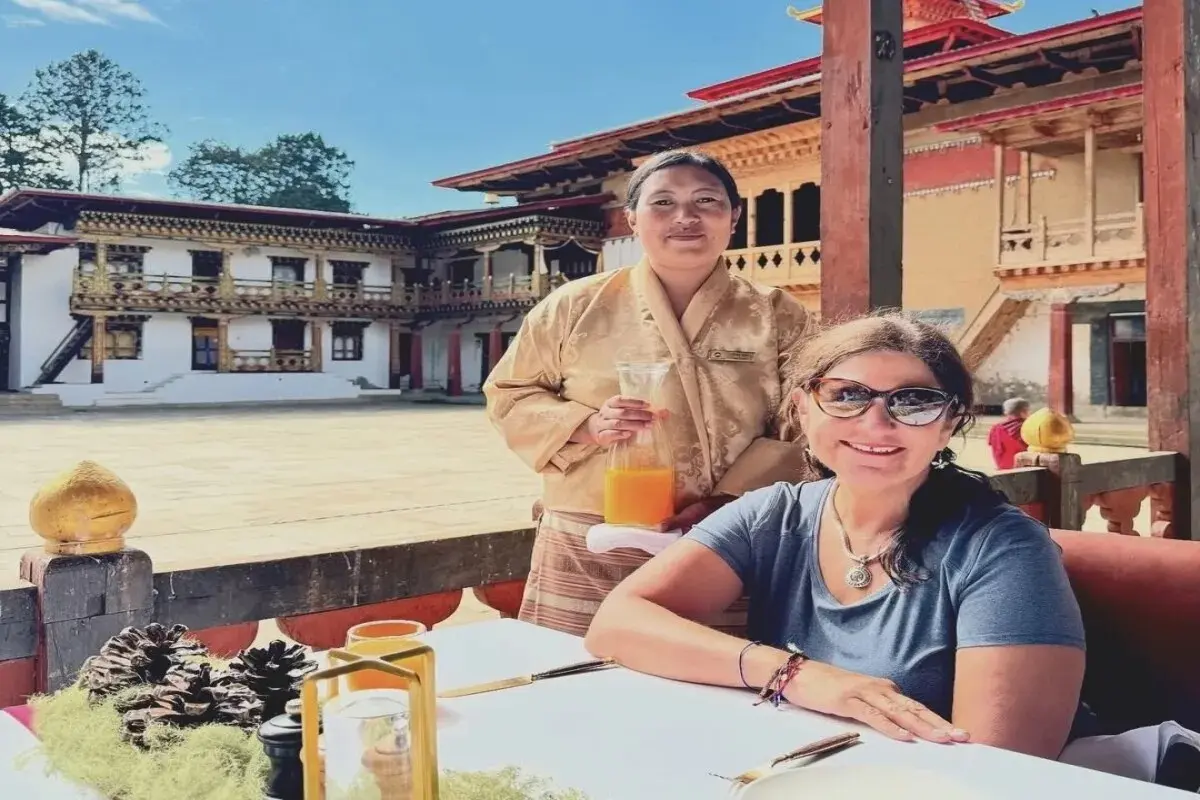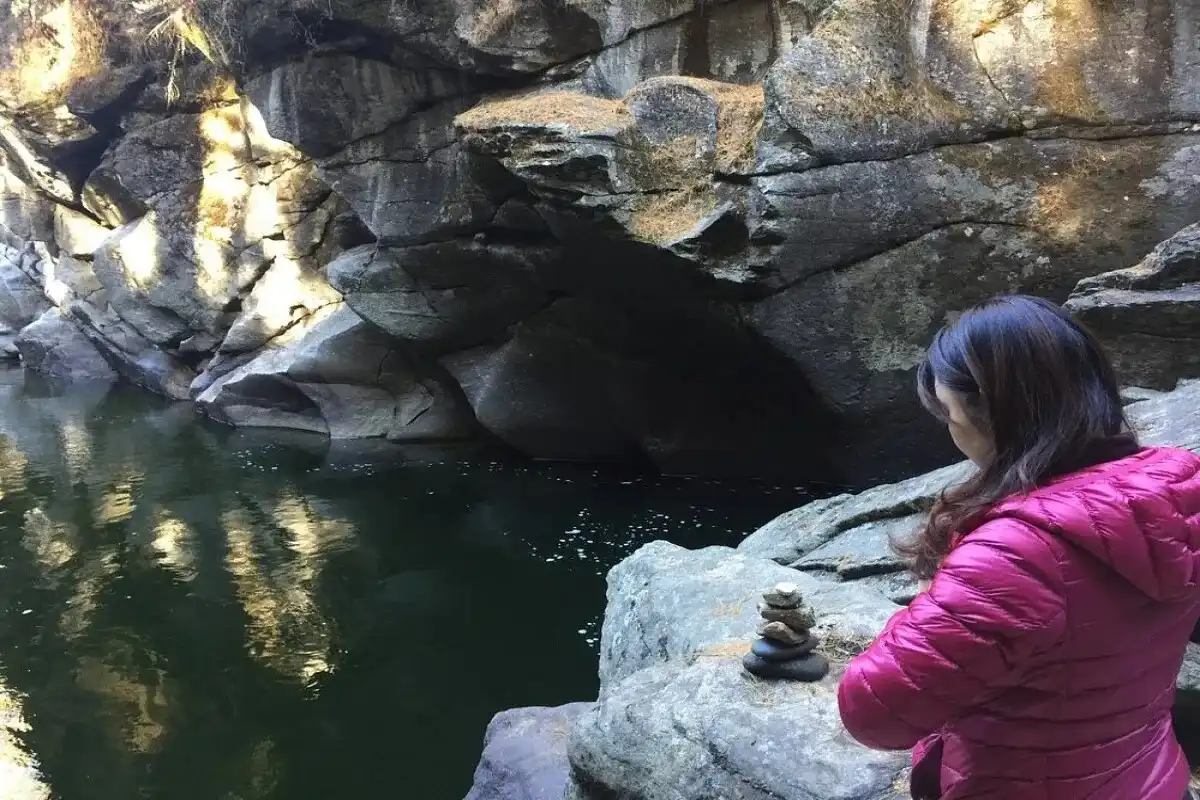Solo Adventure in Eastern Bhutan: Cultural Expedition - 10 Days
Have you ever been here in Bhutan? Not yet? Pack your bag and be ready for the solo Adventure in the Eastern part of Bhutan. This tour is designed for 10 days, where solo travellers or small groups can travel for a spiritual retreat. Other national and international tourists who are seeking cultural and wellness activities and want to capture the scenic beauty of Bhutan in their cameras, then you are in the right place. Here we make your dreams come true.
Highlights of the tour
- Women’s Wellness & Culture Retreat
- Authentic Village Experiences
- Scenic Nature Walks & Gentle Treks
Trip Overview
This tour provides you with the most memorable events that you haven’t experienced in your lifetime. The eastern parts of Bhutan, which have everything, starting with the ancient monasteries, to unblemished valleys, offer a buffet of opportunities to explore the rich spiritual culture and manifestation in the untouched beauty of the country. No matter what the intention may be to unwind, reflect, and explore new horizons or simply advance as a person, this trip is guaranteed to be a balanced combination of discoveries, cultural experiences, and self-nourishment.
Highlights
In this 10 days, solo adventure in Eastern Bhutan you will get to explore Bhutan in-depth and experience the culture and traditions. Your journey will be full of adventure and joy and also you can take part in yoga classes.
Women’s Wellness & Culture Retreat
This retreat will incorporate meditative practices and absorbing cultural experience, which is a great fit, especially among the women who need to search for inner peace, balance, and artistic rejuvenation. The tour agenda will include such wellness programs as guided meditation, yoga classes in scenic valleys, and traditional hot stone baths with their healing qualities. Joining these experiences are the artistic experiences, the visits to unshakable temples, the coaching by the master artisans, and the trails of the local foods. Every element is designed to strengthen well-being and create a stronger identification with the very lifestyle of Bhutan. It is also calming and at the same time deeply resonant, healthy to the mind, body, and soul.
Authentic Village Experiences
Tourists receive the chance to live in small villages, to talk to local communities, and the chance to look at life as it is structured by farm work and based on the ancient tradition. Communication, consumption of home-cooked food, and terraced land areas are just some that form a depth of culture-rich interaction. These are not large-scale actions, but they live on as fine memories and provide the guests with a deep understanding of the value system and personality of Bhutanese people, their hospitality and, in general, lifestyle.
Scenic Nature Walks & Gentle Treks
The eastern Bhutan is the easternmost part of the kingdom and provides a serene, unobtrusive experience in forests, valleys and even spine-like mountain ridges. These routes owe their uniqueness to fewer tourists, thus making them ideal when one wants to be alone and think. The fresh mountain air, the loud songs of native birds and the panoramic scenes of pristine landscape come together to promote peaceful surroundings. Although hikers may either have a consistent pace or take periodic breaks to meditate under the guidance of a meditation coach, every visit balances the two realms of physical activity and awareness and therefore nourishes both the body and the mind.
What activities can be done during the Solo Trip?
An individual visit to Bhutan will offer intimate equality of serene interaction and intellectual exposure. It is possible to visit cultural types of sightseeing by walking through ancient monasteries, sacred temples, and historic buildings that are heritage sites. Mindful activities, such as meditation and traditional wellness practices, are especially helpful to people who require personal tranquillity. The Breathtaking scenery and the rich culture and tradition of the region are the best things that photography enthusiasts will enjoy using to obtain memories. The experience is also improved by the chance to be able to talk to the residents and understand their unique way of life. Further, the trip, even those of rather small scale, low intensity, like nature walks, are also a part of the overall pleasure of the smooth journey without being too physically demanding.
Conclusions
An individual journey through Bhutan East is more than an adventure trip; it is a chance to reestablish the bonding with oneself, nature, and a culture subject to constant harmony and tradition. It is the day of its gift, the day of its promise, of holy shrine, of quiet hamlet, or of climbing path that is steep indeed, and strengthening, and mightily rewarding, and instant also, which lifts the discriminative consciousness to the new height. If you need to know yourself, immerse yourself in the culture, or you just need a break from your busy modern life, these specially designed and planned formats and programs are the perfect advice on how to become a more rounded person, soaking up all the privacy, learning and inspiration. You will come back not only with the wild images in your mind but also recharged with your mind and soul under the welcoming and friendly local hosts and close attention of the guides. Bhutan would welcome you with all, and it will, in exchange, give you peace.
This tour provides you with the most memorable events that you haven’t experienced in your lifetime. The eastern parts of Bhutan, which have everything, starting with the ancient monasteries, to unblemished valleys, offer a buffet of opportunities to explore the rich spiritual culture and manifestation in the untouched beauty of the country. No matter what the intention may be to unwind, reflect, and explore new horizons or simply advance as a person, this trip is guaranteed to be a balanced combination of discoveries, cultural experiences, and self-nourishment.
Highlights
In this 10 days, solo adventure in Eastern Bhutan you will get to explore Bhutan in-depth and experience the culture and traditions. Your journey will be full of adventure and joy and also you can take part in yoga classes.
Women’s Wellness & Culture Retreat
This retreat will incorporate meditative practices and absorbing cultural experience, which is a great fit, especially among the women who need to search for inner peace, balance, and artistic rejuvenation. The tour agenda will include such wellness programs as guided meditation, yoga classes in scenic valleys, and traditional hot stone baths with their healing qualities. Joining these experiences are the artistic experiences, the visits to unshakable temples, the coaching by the master artisans, and the trails of the local foods. Every element is designed to strengthen well-being and create a stronger identification with the very lifestyle of Bhutan. It is also calming and at the same time deeply resonant, healthy to the mind, body, and soul.
Authentic Village Experiences
Tourists receive the chance to live in small villages, to talk to local communities, and the chance to look at life as it is structured by farm work and based on the ancient tradition. Communication, consumption of home-cooked food, and terraced land areas are just some that form a depth of culture-rich interaction. These are not large-scale actions, but they live on as fine memories and provide the guests with a deep understanding of the value system and personality of Bhutanese people, their hospitality and, in general, lifestyle.
Scenic Nature Walks & Gentle Treks
The eastern Bhutan is the easternmost part of the kingdom and provides a serene, unobtrusive experience in forests, valleys and even spine-like mountain ridges. These routes owe their uniqueness to fewer tourists, thus making them ideal when one wants to be alone and think. The fresh mountain air, the loud songs of native birds and the panoramic scenes of pristine landscape come together to promote peaceful surroundings. Although hikers may either have a consistent pace or take periodic breaks to meditate under the guidance of a meditation coach, every visit balances the two realms of physical activity and awareness and therefore nourishes both the body and the mind.
What activities can be done during the Solo Trip?
An individual visit to Bhutan will offer intimate equality of serene interaction and intellectual exposure. It is possible to visit cultural types of sightseeing by walking through ancient monasteries, sacred temples, and historic buildings that are heritage sites. Mindful activities, such as meditation and traditional wellness practices, are especially helpful to people who require personal tranquillity. The Breathtaking scenery and the rich culture and tradition of the region are the best things that photography enthusiasts will enjoy using to obtain memories. The experience is also improved by the chance to be able to talk to the residents and understand their unique way of life. Further, the trip, even those of rather small scale, low intensity, like nature walks, are also a part of the overall pleasure of the smooth journey without being too physically demanding.
Conclusions
An individual journey through Bhutan East is more than an adventure trip; it is a chance to reestablish the bonding with oneself, nature, and a culture subject to constant harmony and tradition. It is the day of its gift, the day of its promise, of holy shrine, of quiet hamlet, or of climbing path that is steep indeed, and strengthening, and mightily rewarding, and instant also, which lifts the discriminative consciousness to the new height. If you need to know yourself, immerse yourself in the culture, or you just need a break from your busy modern life, these specially designed and planned formats and programs are the perfect advice on how to become a more rounded person, soaking up all the privacy, learning and inspiration. You will come back not only with the wild images in your mind but also recharged with your mind and soul under the welcoming and friendly local hosts and close attention of the guides. Bhutan would welcome you with all, and it will, in exchange, give you peace.
Short Itinerary
Arrive in Paro, fly to Trashigang, visit Trashigang Dzong and local market
Drive to Mongar, visit Mongar Dzong, explore local market
Explore surrounding villages near Mongar, interact with locals, enjoy home-cooked meal
Travel to Khaling, visit National Institute for the Disabled and traditional weaving plant
Explore Trashigang region’s villages and scenic trails, interact with locals
Travel to Trashiyangtse, visit local temples and monasteries
Visit Chorten Kora stupa, explore surroundings and cultural rituals
Solo trek in Trashiyangtse hills, enjoy nature and peaceful landscapes
Visit hilltop villages, interact with locals, enjoy home hospitality
Return to Paro, explore town or relax before departure
Solo Adventure in Eastern Bhutan: Cultural Expedition Itinerary
The first day of a ten-day solo tour starts when you arrive in Paro, then you will take a flight from Paro to Trashigang, which is one of the most vibrant cities in this country in the east. Once you get your stay with you, dive into the daily local markets in the area, and you will see local crafts made by people along with fresh food and friendly natives. At a reasonable time, we will go to the Trashigang Dzong, which is a historically important place to get a 360-degree view of the valley below. Built in memory of the founder of Bhutan, who was believed to be a prominent religious leader, the dzong itself is an immediate experience of the Bhutanese cultural history. It is possible to wander through its serene courtyards and ancient halls, where to can get a cozy and non-rushed introduction to this extraordinary place.
The day starts with a beautiful drive to the Mongar town, during which the ride passes through lush mountains, narrow roads, and calm river valleys. On arrival, tour the magnificent and iconic Mongar Dzong, which is an example of the conventional Bhutanese buildings and local history. You walk across the land around, and you walk along this whole monastic beat of existence, and you look down at this little village. End your day by having a short walk in the market area. Explore the surroundings of cultural life and peaceful relaxation; this journey will create an unforgettable impression of staying in a relatively underexplored area of Bhutan.
The exploration of Bhutan is also within the wider context in which the rural environment may be appreciated. Visits to the villages surrounding Mongar, i.e., the pace of the village is slow, and people follow their traditions, which are being maintained, give a touch of reality that one can view in a concrete form in observing Bhutanese values. Established along farmlands, tours that allow visitors to see the people in their daily chores, and ultimately, discussions with village elders provide the visitor with a keen understanding of how farming is undertaken and how social life is practised among people. You can enjoy a home-cooked meal, and this will seal the reality of this cultural exchange. This hands-on involvement is particularly beneficial to the independent traveller who would greatly enjoy the authentic and meaningful interaction with the Bhutanese people.
Start by going to the village of Khaling, where there is a high degree of cultural identity and the atmosphere is composed. The settlement has the National Institute for the Disabled (an institution that leads the way in education and skills development). A small traditional weaving plant is located near the current location, and one can take a look at how local craftsmen create textiles of high quality by using old techniques. A typical day in its town runs at a slow pace that makes things a breeze to notice daily chores in an ideal surrounding atmosphere. Such a trip will thus give an enormous sense of the Bhutanese way of life and how the community maintains communication chains in the countryside.
You will visit the Trashigang region and discover little villages and gorgeous scenery that not every person knows. Drive on serene paths and hike up mountain tracks to witness scenery that is not influenced by any form of modernity, and along the way, greet locals who hold firmly onto traditions of their forefathers. Make a friendly and significant conversation, ask them about their simplified livelihood, and in case they suggest, join them for dinner, or help them in farming. It is a deeply fulfilling day as the day slowly winds itself through being a deeply peaceful experience, good company, and the ease of pace that we have come to expect in eastern Bhutan, which is in absolute contrast to the trail of tourists.
Head out to Trashiangtse, the peaceful and spiritual valley that people always consider a heavenly place due to its holy places and silent atmosphere. They provide scenic beauties of woods and water bodies and country towns in the wilderness that are brought to light by ambition. Reaching there, you will discover the temples and smaller monasteries of the region that speak about its deep spirituality. Plan to spend some time in the quiet town, talk to the locals and feel the slower style of life in Bhutan. This day helps to meditate and develop an even stronger bond with the long spiritual heritage the country has.
Explore this sacred building located in a remote area of the eastern Bhutan that goes by the name of the Chorten Kora. This big white stupa was constructed in the time of 18th century and was located on the banks of the river Kholongchu. And this stupa is also very spiritually meaningful to the people of Bhutan as well as the visiting worshipers. Take a walking tour or a walk around the chorten to get some of its calming spirits, and, in case you are lucky enough to be at a location where some of the local rituals have started, respectfully look around. You are likely to find enthusiastic parties and cultural celebrations during the holiday season. It is both tranquil and imposing, and a perfect place to think and renew yourself in your quest.
Make a journey of your wild adventure in the Trashiyangtse, in these quiet mountains. The path offers amazing views of the grandeur and beauty of scenery untouched by mankind at each point. You will explore the green forests and wide uplands, and are guided by the musical chant of the birds as you ride, and you get the feeling of a certain sense of calm which hangs over the whole scene. The route sometimes passes by farmhouses in villages or temples on the hills. People in these places often greet travellers kindly. The travel moves slowly enough for visitors to enjoy Bhutan’s beauty without being crowded by many people.
Visit more of the underdeveloped areas where villages were built on hilltops and intersected by terraces of growing paddies. By intentionally going slow, you can have a talk with locals and see how they are doing in their daily life, which is often based on agriculture, family life and traditional ways. This exchange of life reveals the real picture of the Bhutanese culture and the countryside's tranquillity. It may sound ok to accept a plain home-cooked meal or an offer a stop by a family taking a cup of tea. Each stride delivers another fresh discovery or insight. This part of your solo travelling becomes very enriching due to the serene walkways, the accommodating people, and the beautiful landscape.
Your trip will come to an end today, where your journey started. The way back gives a chance to admire one more time the less busy landscapes of Bhutan and to think of the lasting impressions of the last days. As you reach Paro, you can choose to explore the town or set foot at a local coffee shop, or even make some souvenirs. This last part is an optimistic and introspective one. Enjoy mountain views, monasteries that have their own religions, and the genuine experiences with the local people; this trip is going to leave long-term memories. You will return with a new understanding and stories to share, along with some of the calm and wisdom of the Bhutanese people.
Know Before You Travel
-
:
This trip to Bhutan would be best advised between March through May, and between September through November, that is in autumn. One can get a clear sight of clear skies, moderate weather, and an excellent natural panorama during such seasons. In spring, there is much evidence of many flowers in blossom and hills covered in green. Autumn provides cool air, and the surrounding scenery is colorful. The seasons are also most suitable for a large assortment of outside activities, cultural occasions, and recollective investigation. Whichever way the traveler may be trekking, meditating, or just enjoying the view, the good weather of this season helps to make the journey much easier and more beautiful.
FAQs for Solo Adventure in Eastern Bhutan: Cultural Expedition
Hotels and guesthouses tend to provide wireless connections in most of the urban destinations. This difference helps guests put away their smartphones, enjoy nature, and pay attention to what’s around them.
In this hike, one is expected to carry comfortable walking shoes, light clothes that are daytime oriented, besides light clothes that suit the hottest moments. It will be expected to have warm layers during the evenings and cool mornings. Other useful items include a waterproof jacket, sun hat and a scarf. Simple dressing is one of the factors that people should wear when traveling to the temples or even the villages, since it will be seen as one of their ways of showing local respect.
The trip is of interest to people who have never been trekking. It is created not only for beginner travelers but also for those who like to take trips freely as long as they have a decent degree of physical activity. The tour moves at a rhythmic and comfortable pace, and excellent support can be extended to make sure that the tour is within the reach of anyone driven by a spirit of exploration.
You will experience cool mornings, sunny days, and cool evenings during the proposed tour. The temperatures can further reduce in the higher areas, mostly at night. It can rain lightly (and such is dependent on the season), so it is wise to take a rain jacket, dress in layers.
No strict age restriction applies to this tour. The participants are, however, required to be healthy, and they must be able to walk quite comfortably daily, for many hours. The tour is suitable for adults of any age who want to have the experience of cultural life and partake in the mild outdoor activities.
You need a visa and all necessary permits for your trip. These documents can not be received on the day of your arrival, so they must be processed before coming here. After you book a trip with us, we will manage these papers for you. Your Bhutan visa is arranged by Orrog as part of the package.
The main way to come to Bhutan is through Paro International Airport, which is well-connected to cities like Bangkok, Delhi, Kathmandu, and Singapore. Most people arrive by air, but if you plan to come via road, you can enter through Phuentsholing, located on the southern border with India, which is the most commonly used entry point.
It is recommended to apply for the visa at least 20 days before your planned departure date so that there is enough time for processing your Bhutan visa, finalizing your itinerary, and arranging your guides and transportation. Although visa processing itself is relatively fast once payment is received, early preparation helps avoid delays and ensures availability, especially during peak seasons (spring and autumn)
You don’t require a passport-size photo for the visa, but it is wise to carry at least 2–4 recent passport-sized photographs during your trip. These may be needed for local permits, registration, or when applying for a local SIM card upon arrival in Bhutan.
Yes, you can lengthen your stay in Bhutan either before or after your trip. Bhutan’s tourism model requires visitors to pay a Sustainable Development Fee (SDF) and a daily package cost, so any extra days will involve additional charges. Extensions are a great opportunity to explore cultural sites in Paro, Thimphu, or even add another short trip or day hike.
Yes, Bhutan requires full tour payment in advance before your visa can be processed and issued. The government of Bhutan regulates this policy to ensure that all travel arrangements are confirmed through a licensed Bhutanese tour operator. We are a licensed tour operator that ensures you have everything you need for a trouble-free trip.
Any personal expenses are not covered in the package like:
- Tips for your guide and other staff
- Bottled drinks and snacks(personal expense)
- Souvenirs or local crafts
Credit cards are easily accepted in major cities like Paro and Thimphu. But in remote areas, you may not have access to a card or an ATM. So, it is best to carry some cash before heading for the trip.
Tipping is not mandatory, but it is a widely appreciated gesture and a customary way to show gratitude for good service. The tipping guideline would be to give USD 5-10 per day as a tip for the guides and other staff.
Paro International Airport is the only international airport in Bhutan. It is well connected by flights from cities like Bangkok, Delhi, Kathmandu, and Singapore.
Yes, airport pick-up and drop-off are included in the package. We will have your guide and driver meet you at the airport and transport you to your hotel.
While Bhutan's roads are mostly paved, some parts are narrow, winding, and occasionally affected by weather. However, we ensure your travel is safe, well-maintained, and driven by an experienced professional throughout the journey.
The Bhutanese Ngultrum is used in Bhutan. All local transactions during the trip will be in BTN.
US Dollars (USD) are generally accepted at larger hotels, souvenir shops, and tour operators, particularly in Paro and Thimphu. However, it’s advisable to convert your currency to BTN for general purchases in rural areas. Other currencies like the Euro or the Pound are not commonly accepted directly
No, credit or debit cards are not accepted on the trip, as it takes you through remote regions with no banking or electronic payment access. All trip-related payments like accommodation, meals, permits, etc, are paid in advance.
You can exchange foreign currency at the Paro International Airport, at banks, or through licensed money changers in cities like Thimphu and Paro. It's best to exchange enough cash before heading out on the trip.
The national language is Dzongkha, but many Bhutanese also speak English. If you speak English and are worried about communicating with the local people, you will have your guide as a translator.
Yes, all licensed tour guides in Bhutan are required to speak fluent English. Many are also trained in other languages such as German, Japanese, or French. Communication during the trip will be smooth and clear in English.
Most signboards, tourist maps, and information brochures are written in English, especially in tourist destinations like Paro, Thimphu, and trailheads. Directional signs along routes are often labeled in both Dzongkha and English.
No, learning Dzongkha is not at all needed for the trip, but knowing a few basic words like "Kuzu zangpo la" (Hello) or "Kadrinche la" (Thank you) is a good way to interact with the locals.
Language barriers are minimal, as your guide will handle all communication with locals and support staff. Your guide will translate for you during your interaction with the locals.
To greet people, you can greet with locals “Kuzu zangpo la” (Hello) by performing a slight bow. Most common greetings include physical greetings, such as shaking hands less visible, especially in rural areas.
Yes, but remember to seek permission, especially when taking photos of monks, locals, or temples. Please note that clicking photos is not allowed at most religious sites.
Visitors should dress modestly and respectfully. This means:
- Covering shoulders and knees
- Removing hats and sunglasses
- Not wearing shorts or sleeveless tops
This applies to both men and women.
Yes, Bhutanese society is deeply rooted in Buddhism and tradition. Here are some key taboos:
- Do not point your feet at people or sacred objects
- Never touch anyone on the head, as it is considered sacred
- Walk clockwise around temples, stupas, and religious monuments
- Avoid public displays of affection
While gifts are not expected, they may be accepted graciously if given with respect. It is advisable to consult with the guide before giving out anything.
Bhutan typically uses Type C, Type D, and Type G electrical outlets. Standard safe voltage is 230V and frequency is 50Hz; therefore, ensure that your equipment is compatible with this voltage.
Indeed, it is highly advised to take along a universal travel adapter, particularly one to fit a variety of types of plugs, because plugs can be different in a hotel or a guesthouse.
Bhutan follows Bhutan Time (BTT), which is UTC/GMT +6 hours. This time zone remains consistent throughout the year.
No, Bhutan does not observe daylight saving time. The country maintains the same time year-round.
Bhutan is 30 minutes ahead of India. For example, 12:00 PM in India is 12:30 PM in Bhutan.
Yes, souvenirs can be bought in Paro or Thimphu before or after the trip.
Some popular souvenirs include hand-woven textiles (kira and gho fabric), prayer flags, thangka (religious scroll) paintings, handmade paper products, traditional masks, and Buddhist artifacts.
You can do some gentle bargaining in local street markets. However, in government-run shops and fixed-price stores, prices are usually non-negotiable.
Yes, you can easily purchase a SIM card upon arrival in Bhutan. We will assist you with the process, and you'll need a passport copy and a passport-sized photo.
No, internet access is not available during the trip. However, Wi-Fi is available in hotels in Paro and Thimphu before and after the trip.
Along our trip, we will go through different places. So, we will stay in accommodation that is available, ranging from boutique wellness resorts and eco-lodges to comfortable 3-star hotels and trekking campsites.
Yes, Bhutan has a growing number of wellness-focused retreats and luxury lodges that offer spa, yoga, and meditation programs. So, you will be staying in wellness resorts to lift your overall experience.
Yes, most accommodations provide hot water and heating. During treks, basic facilities are available, but comfort varies depending on altitude and remoteness.
You need to be moderately fit for activities like hiking, cycling, and trekking. We can tailor itineraries based on your fitness level.
Absolutely, our programs suit all experience levels, from beginners to advanced practitioners.
Our guides are trained in basic first aid and altitude-related issues. They will ease you, and an emergency evacuation will be arranged if necessary.
Depending on the tour, you experience yoga, meditation, traditional Bhutanese hot stone baths, herbal treatments, and spiritual rituals guided by monks.
Yes, our retreats include sessions with monks or lamas for mindfulness, Buddhist teachings, and guided meditations.
We provide nutritious, mostly organic meals, often prepared with locally grown ingredients. If you have any special diet plan, please inform us beforehand so that it can be accommodated.
Yes, vegetarian, vegan, and detox-friendly menus are available on request, especially at wellness-focused properties.
We offer trekking, day hikes, cycling, nature walks, rafting, bird watching, and cultural village stays, often integrated with wellness themes in Bhutan.
Yes, on multi-day treks, you’ll hike daily, typically 4–7 hours a day. However, routes can be customized with rest days.
You should bring layered clothing, hiking boots, sun protection, personal toiletries, a reusable water bottle, and any personal health or wellness items.
We provide yoga mats, but you can bring your own for comfort or hygiene. For treks, essential gear like sleeping bags and tents is provided.
The package includes accommodations, all meals, professional guides, entrance fees, wellness sessions, equipment (for treks/yoga), and all transport.
It’s best to book 2 to 4 months in advance, especially during peak trekking or festival seasons.
The Internet is available in most hotels and wellness centers, but connectivity is limited or unavailable during treks or in remote areas.
Reviews & Ratings
-
Guarantee -
Thimphu,Bhutan -
975+17160228
Ready to Explore Bhutan?
Start your journey today and discover the magic of Bhutan with our expert guides and carefully crafted tours.
Book This Trip
-
No booking or credit card fees -
Best price guarantee -
Full customize trip
Ask a Question
Feel free to ask us anything about this tour. A travel expert will then get back to you as soon as possible
Ready to Explore Bhutan?
Start your journey today and discover the magic of Bhutan with our expert guides and carefully crafted tours.

